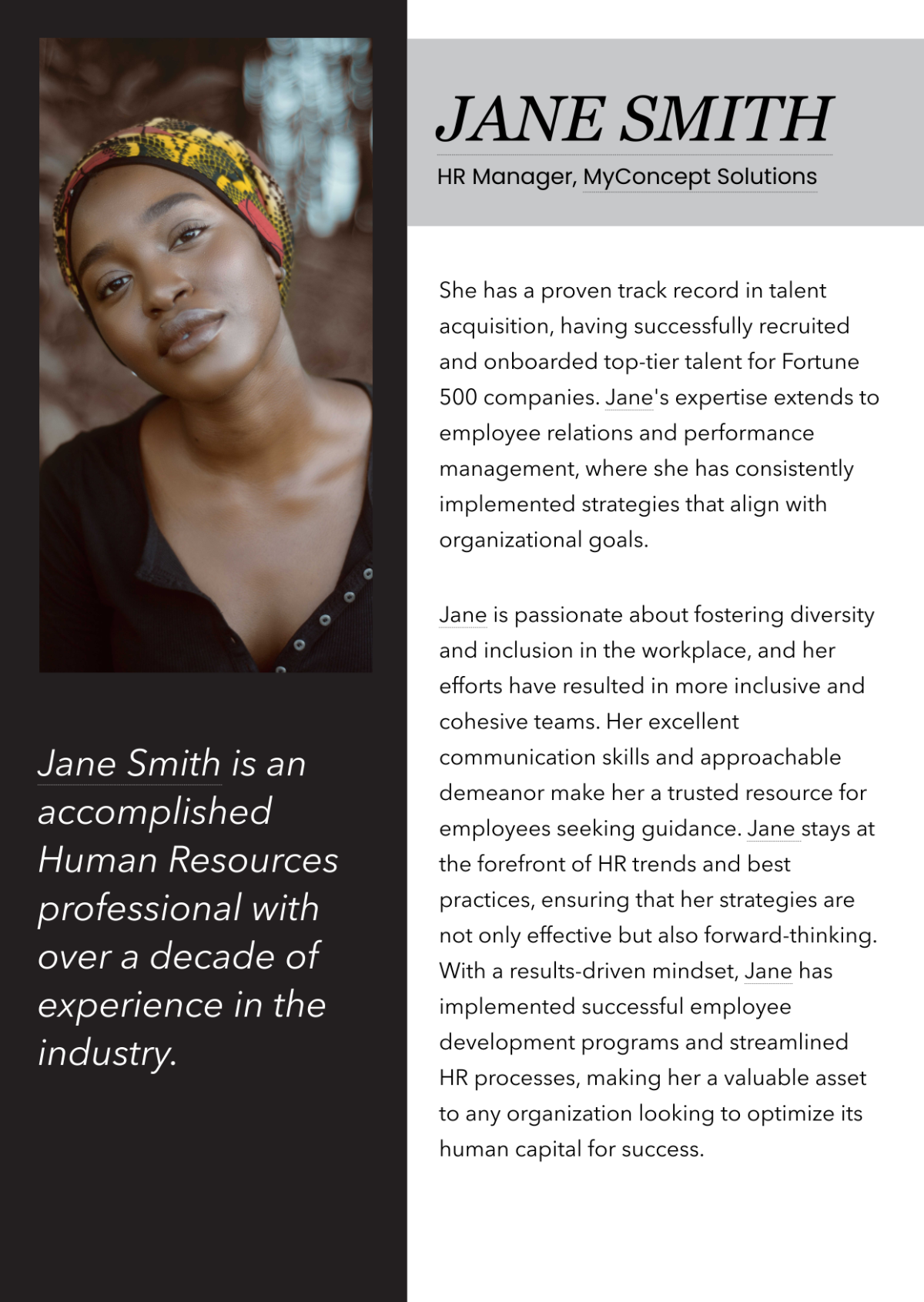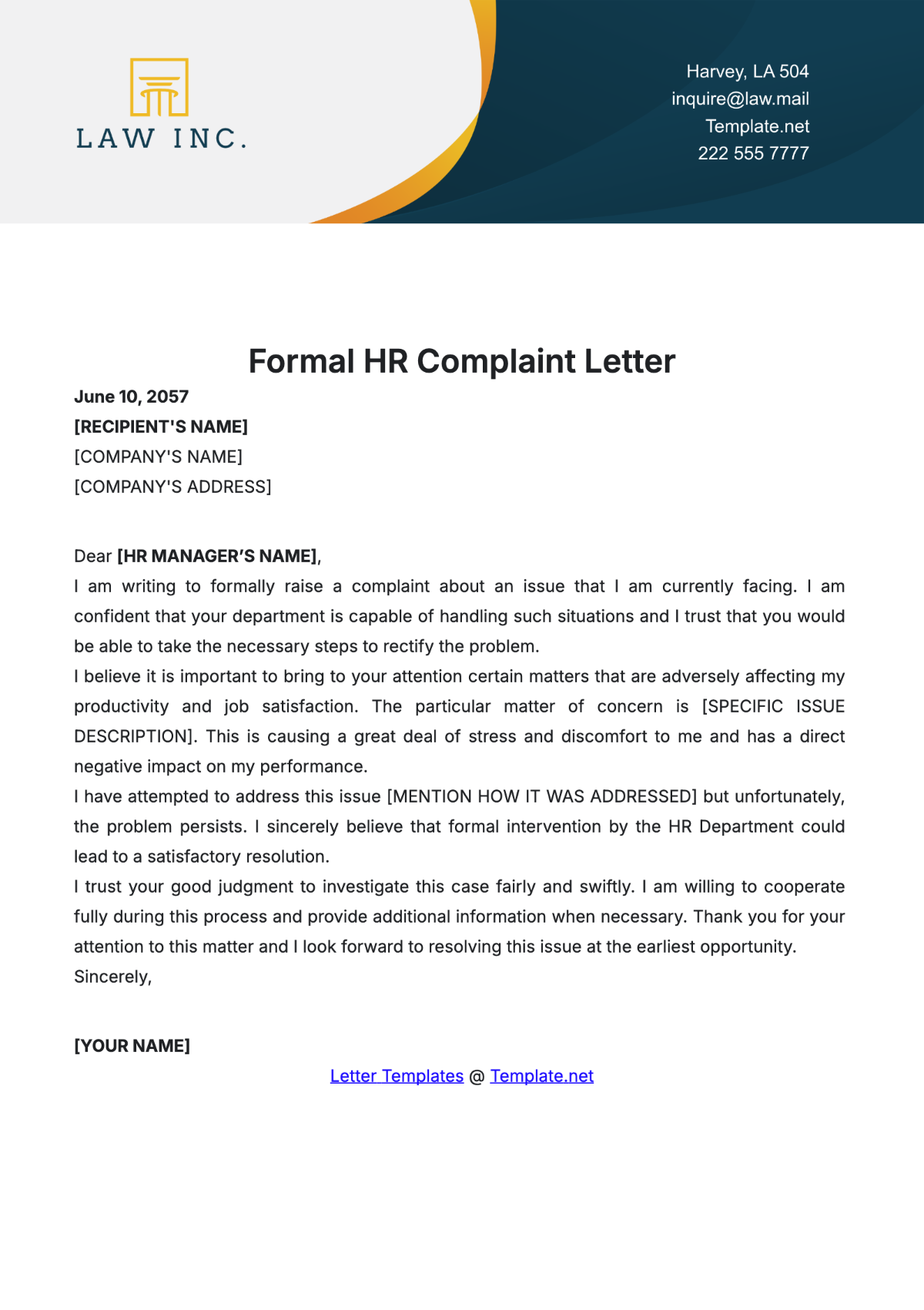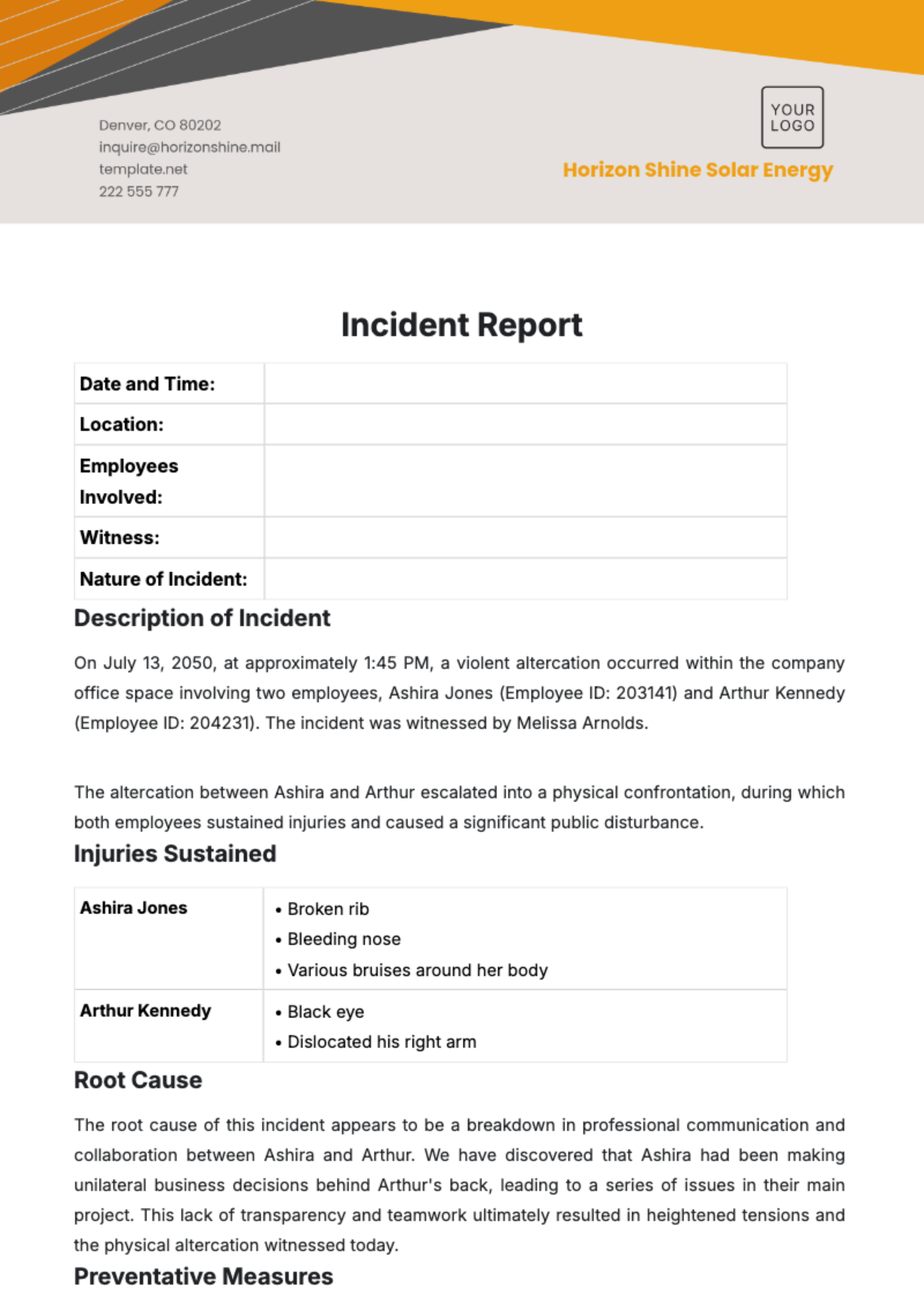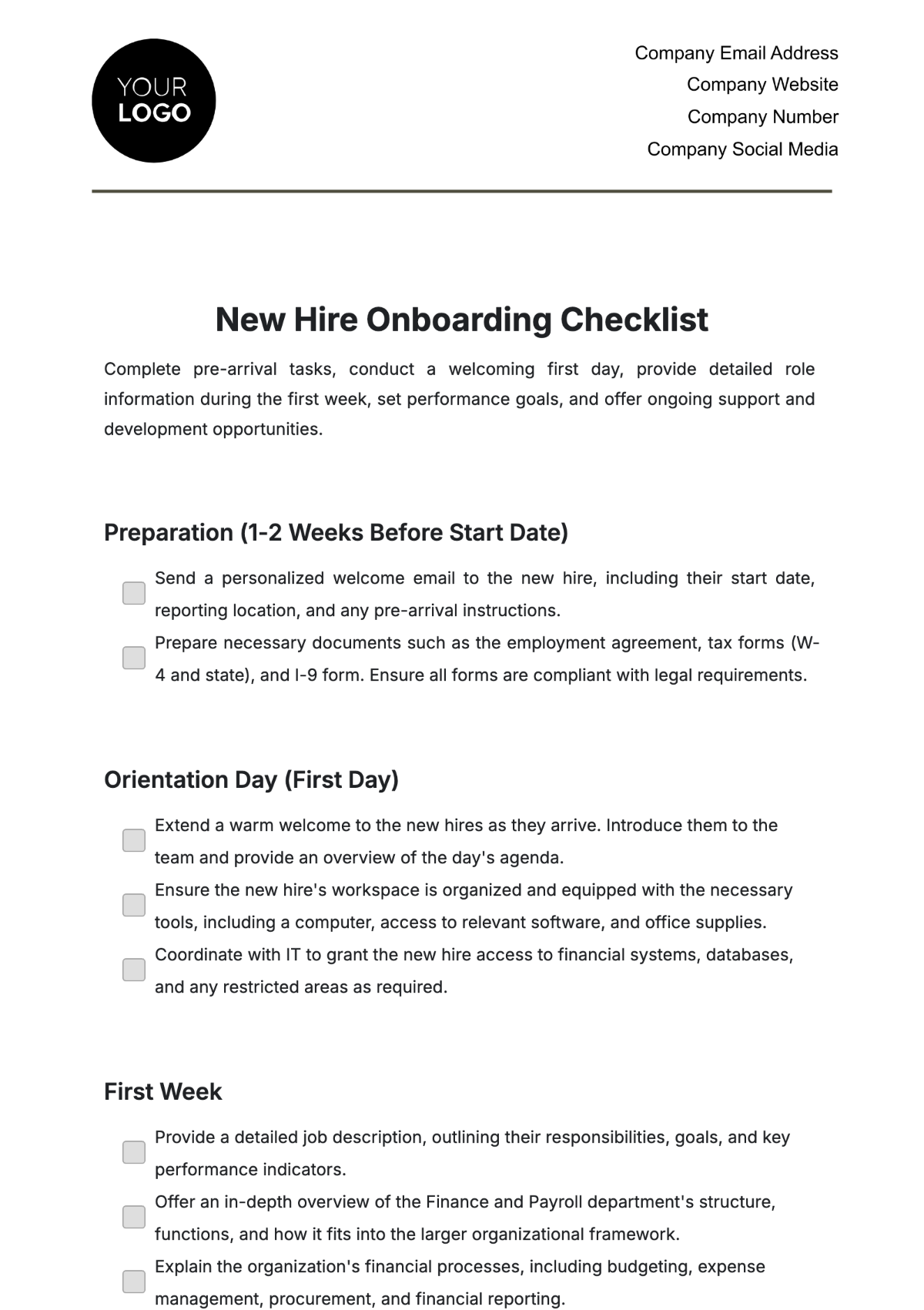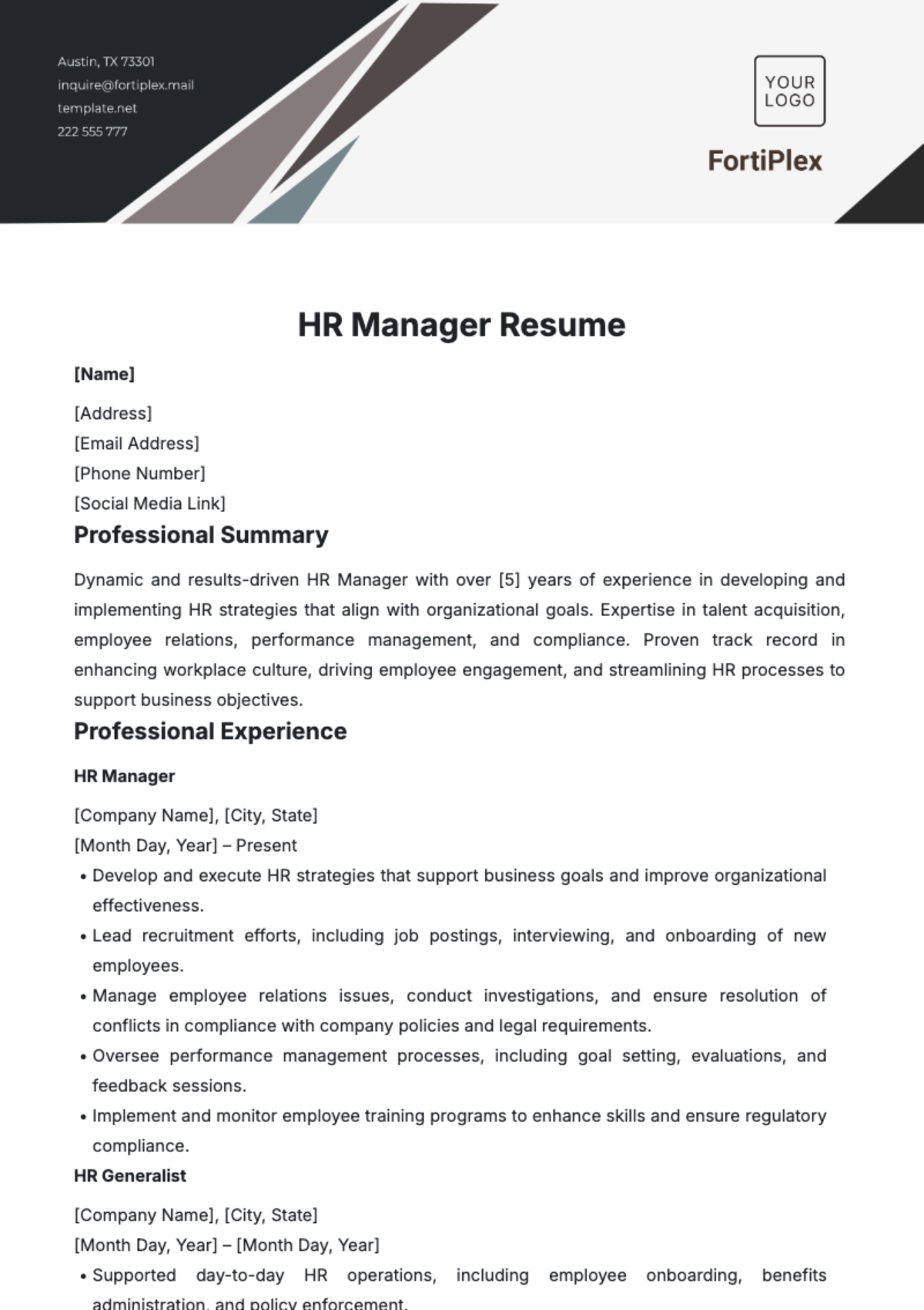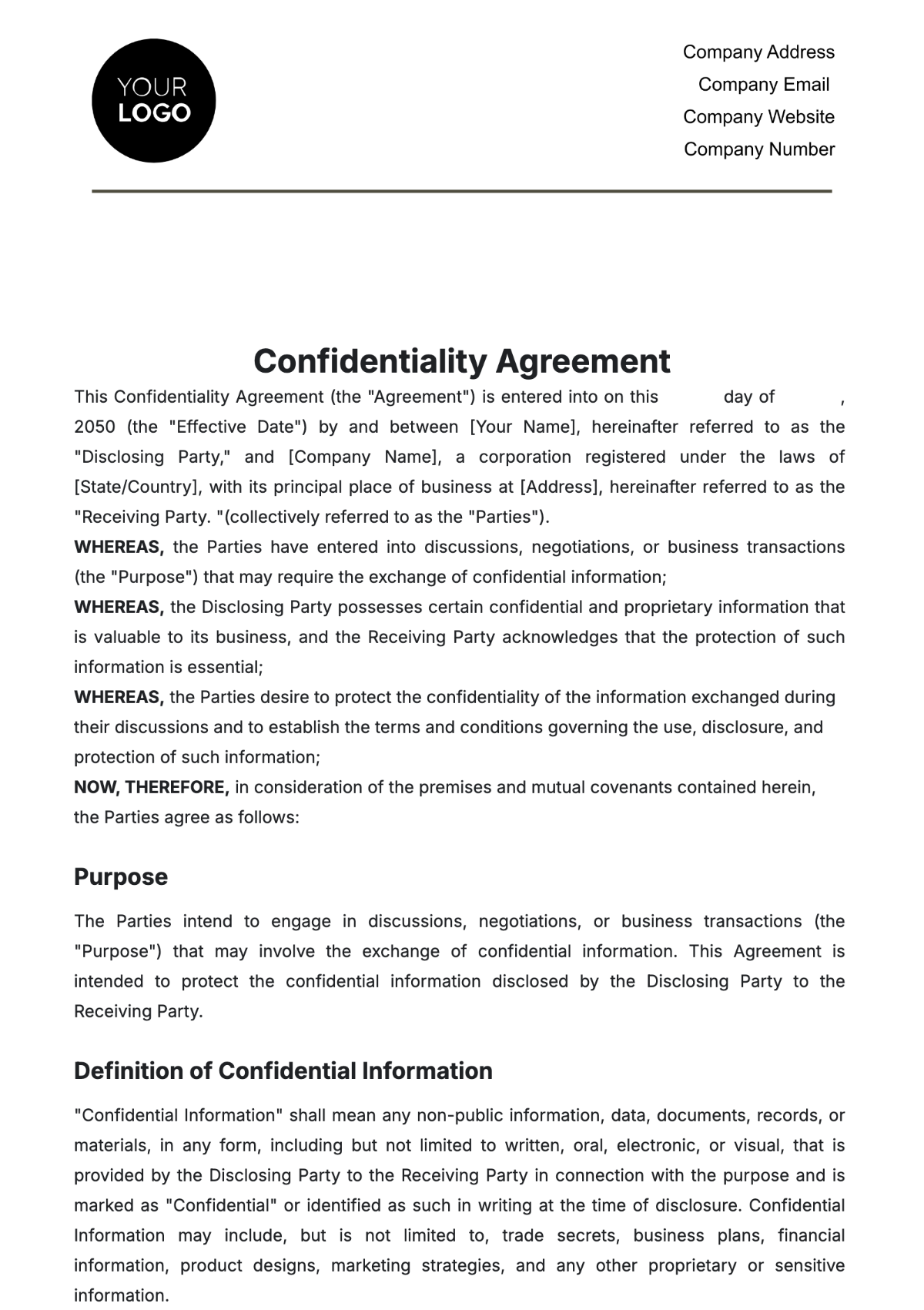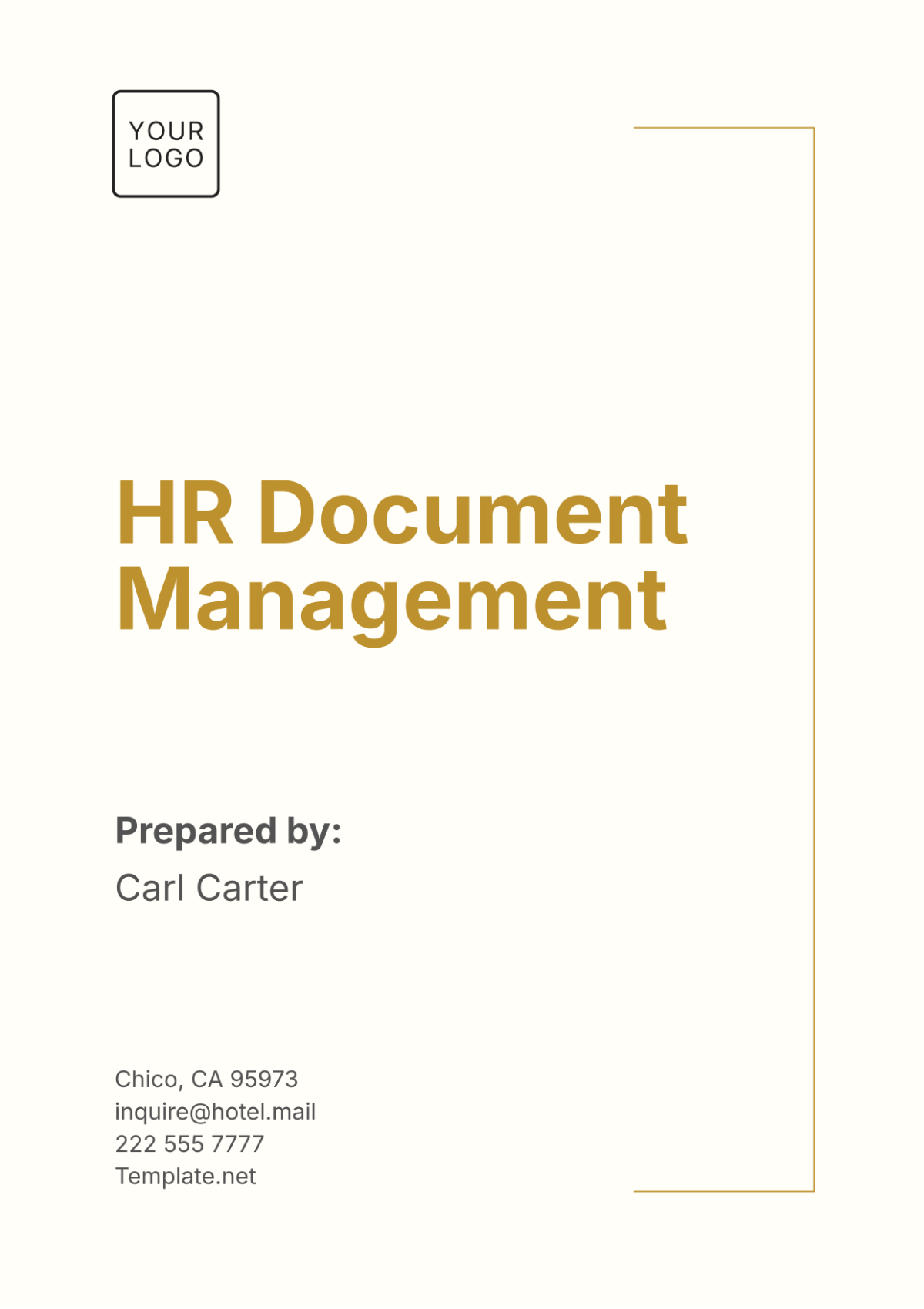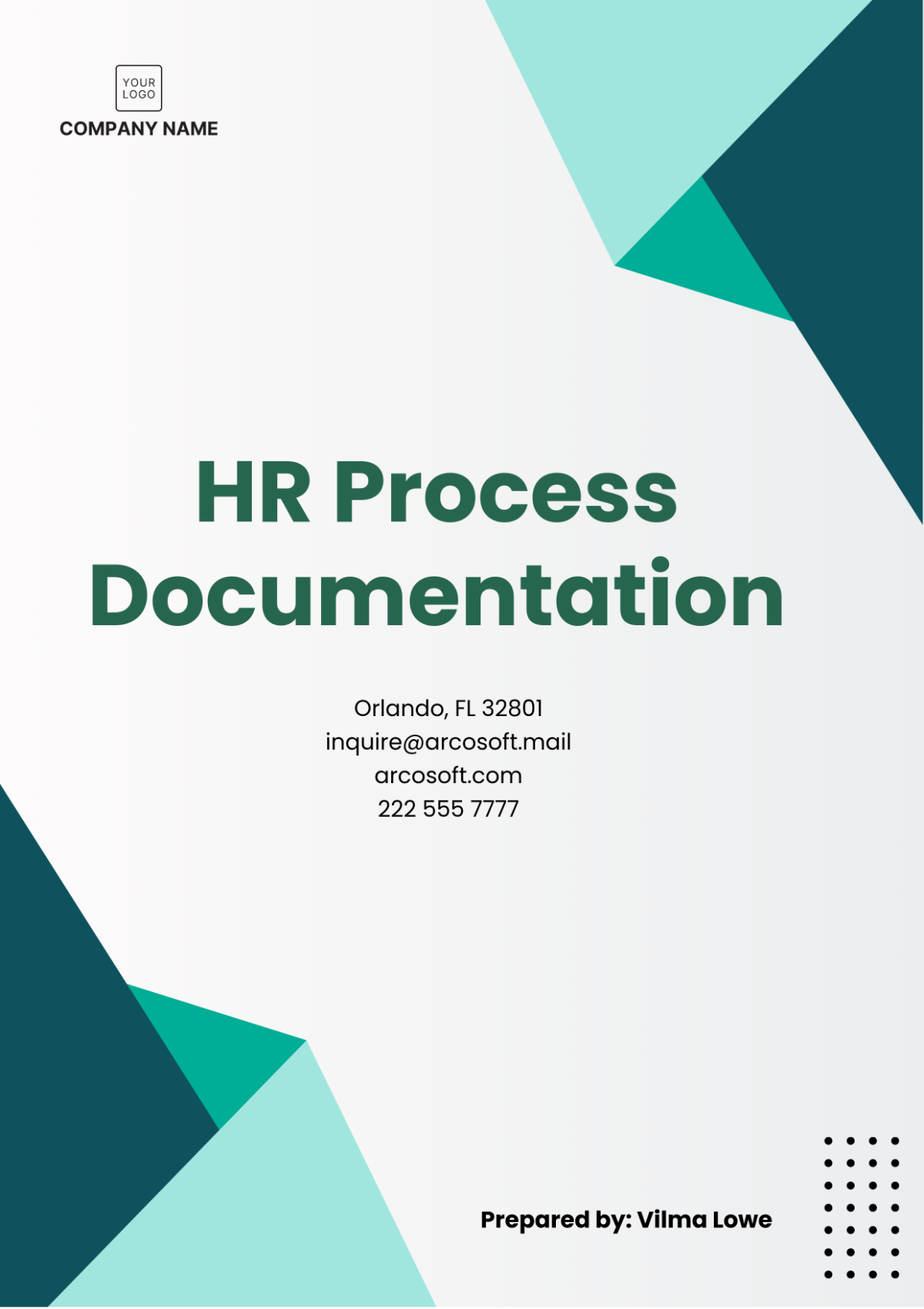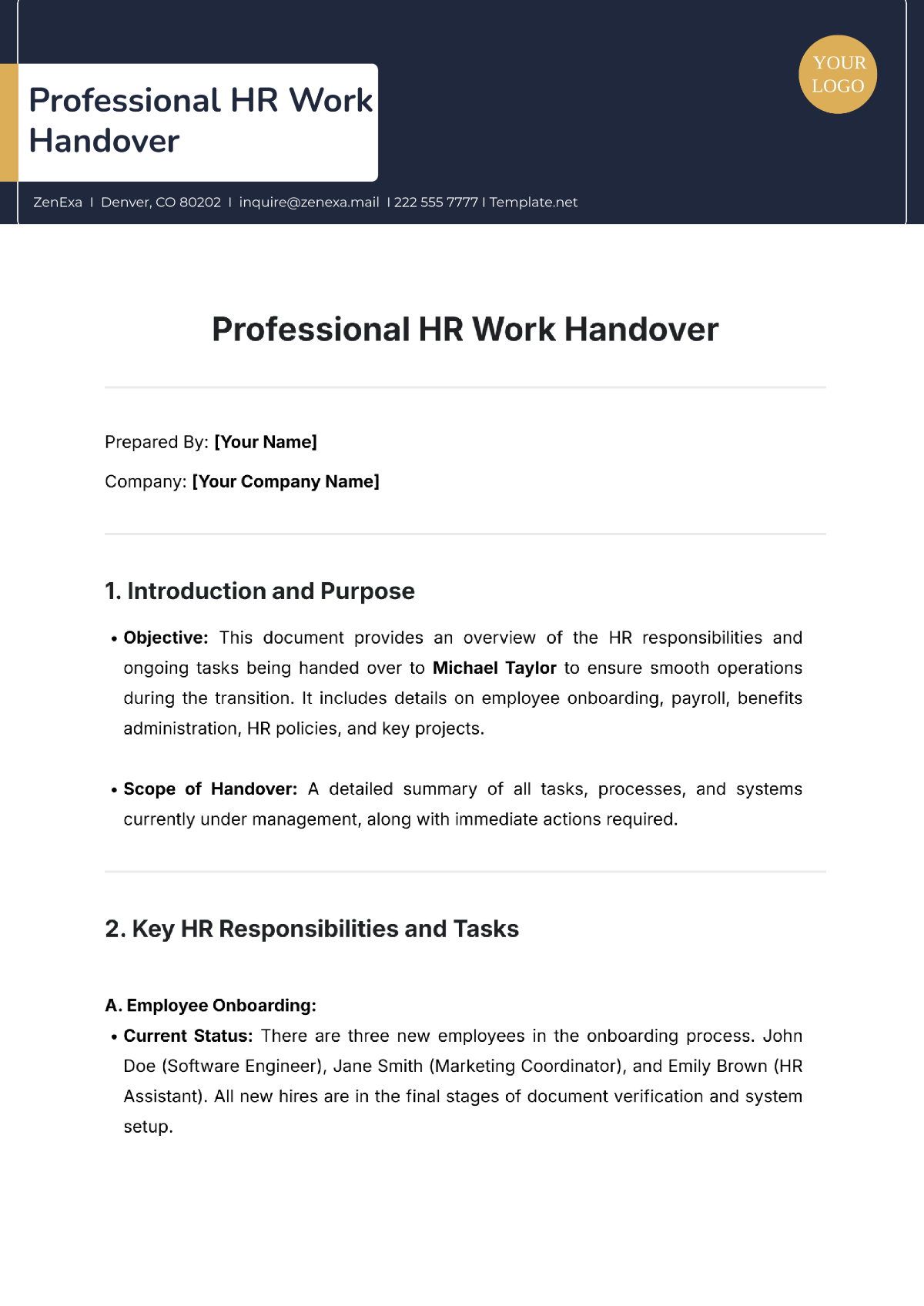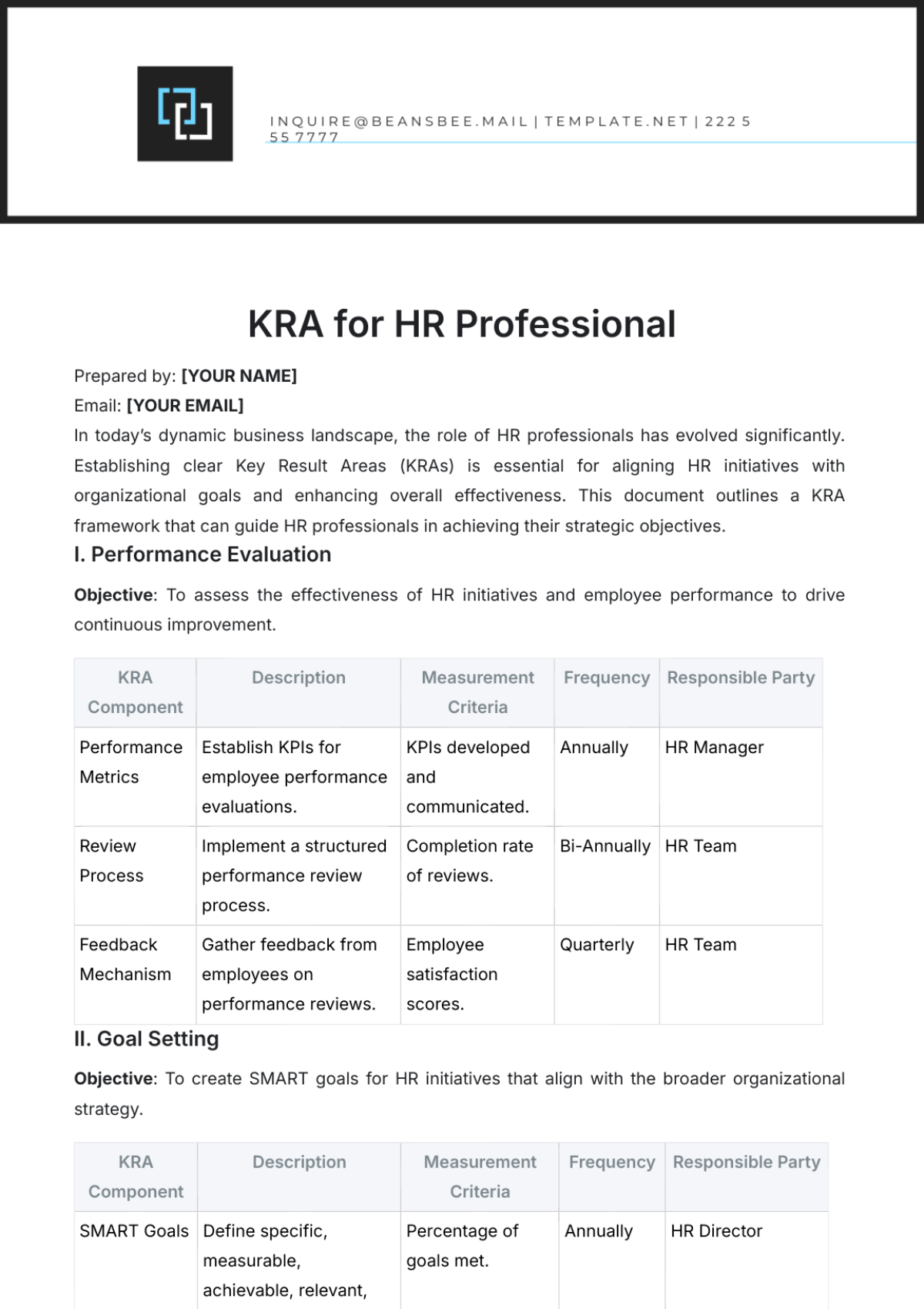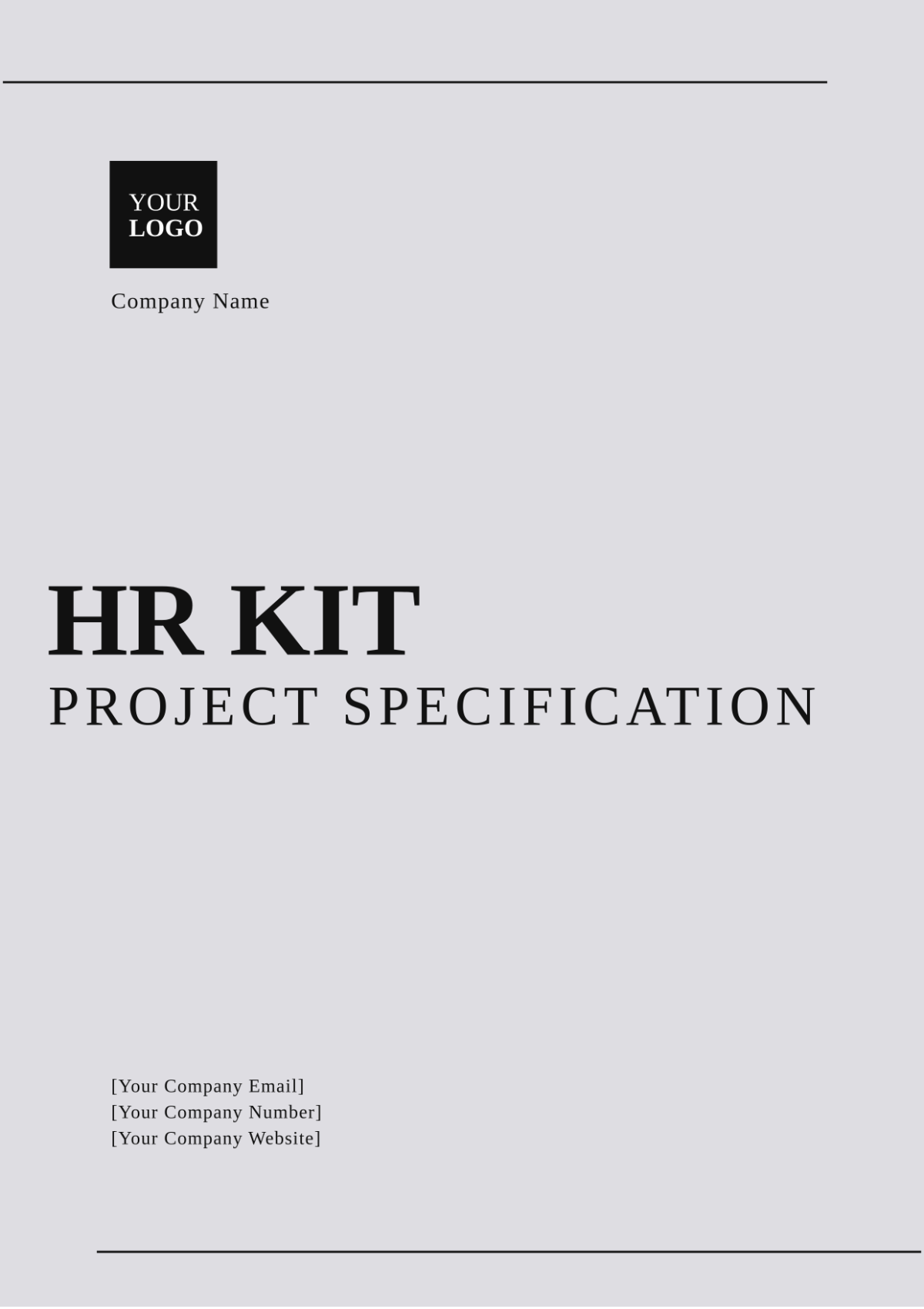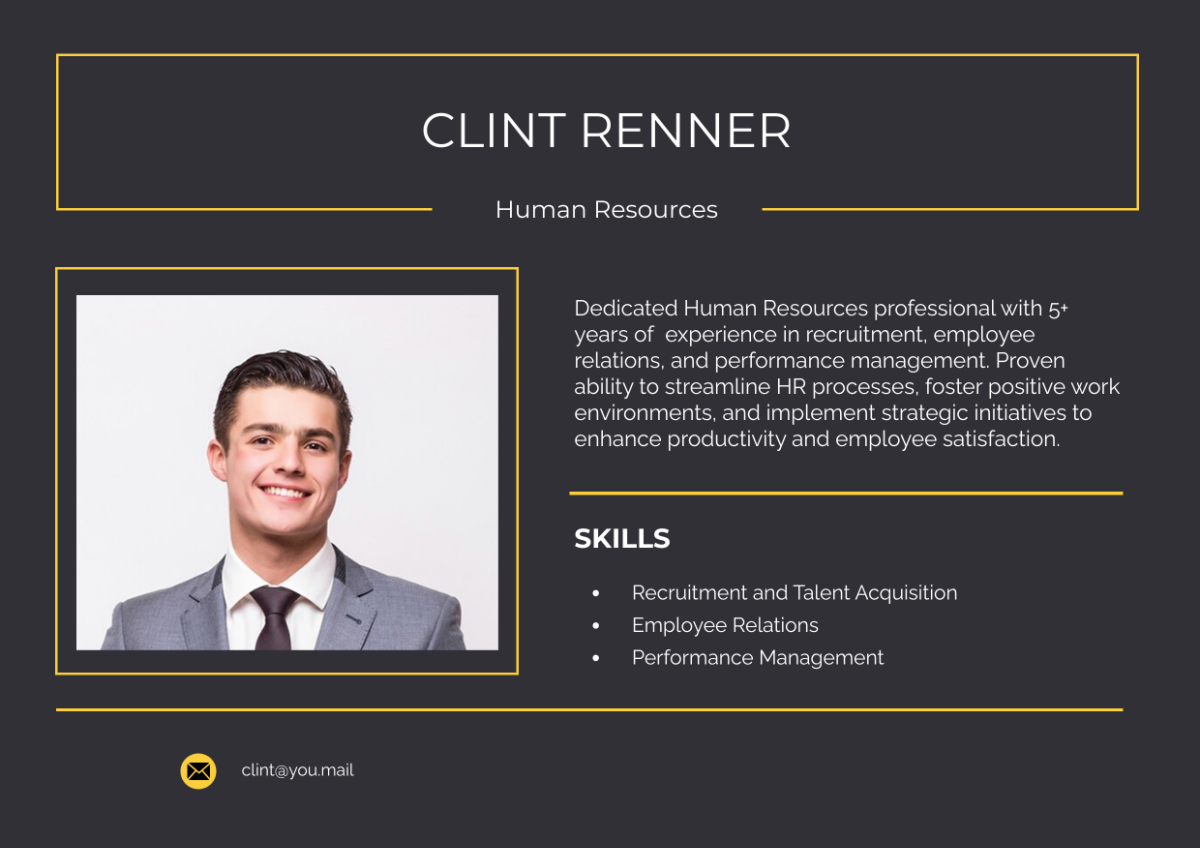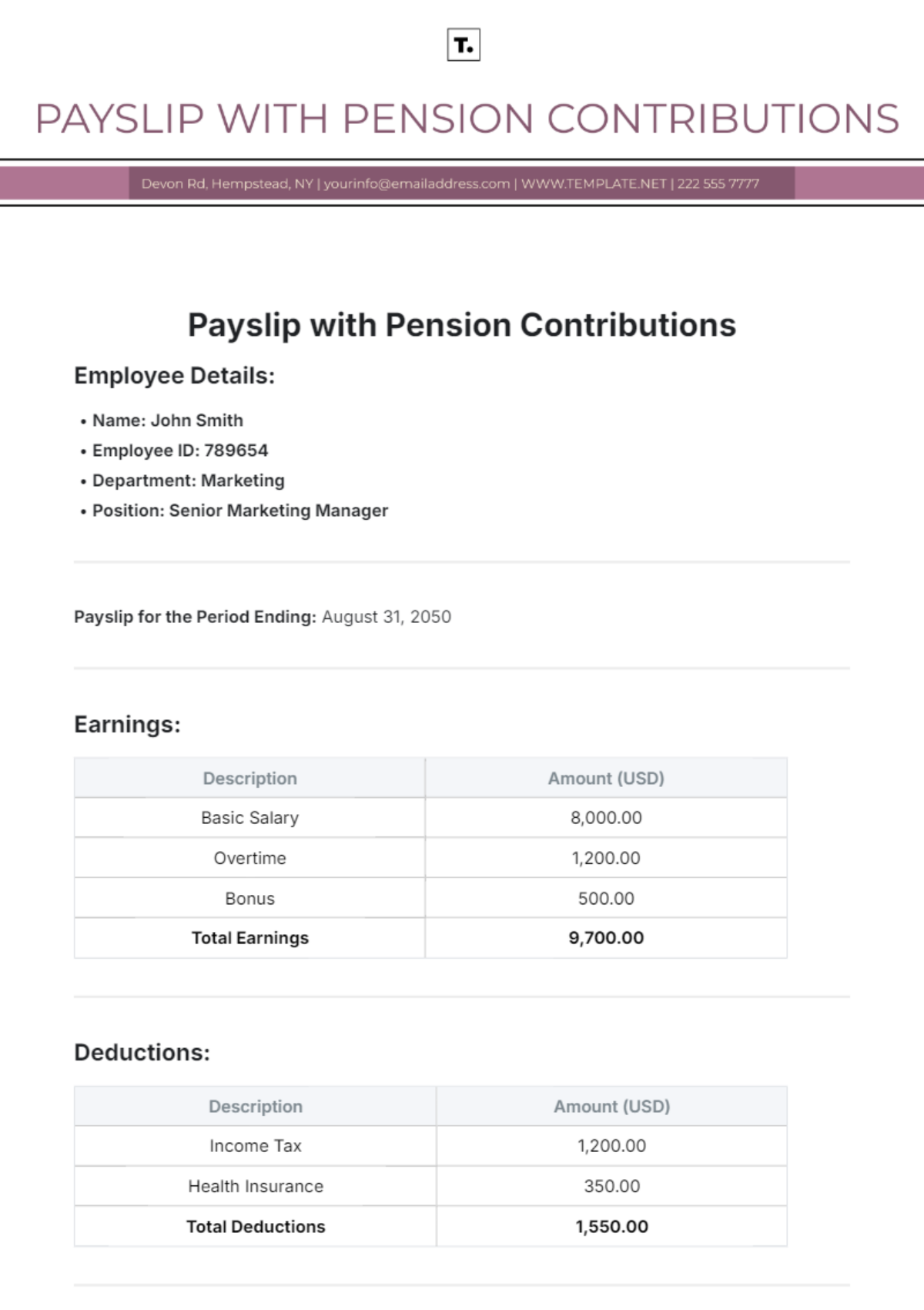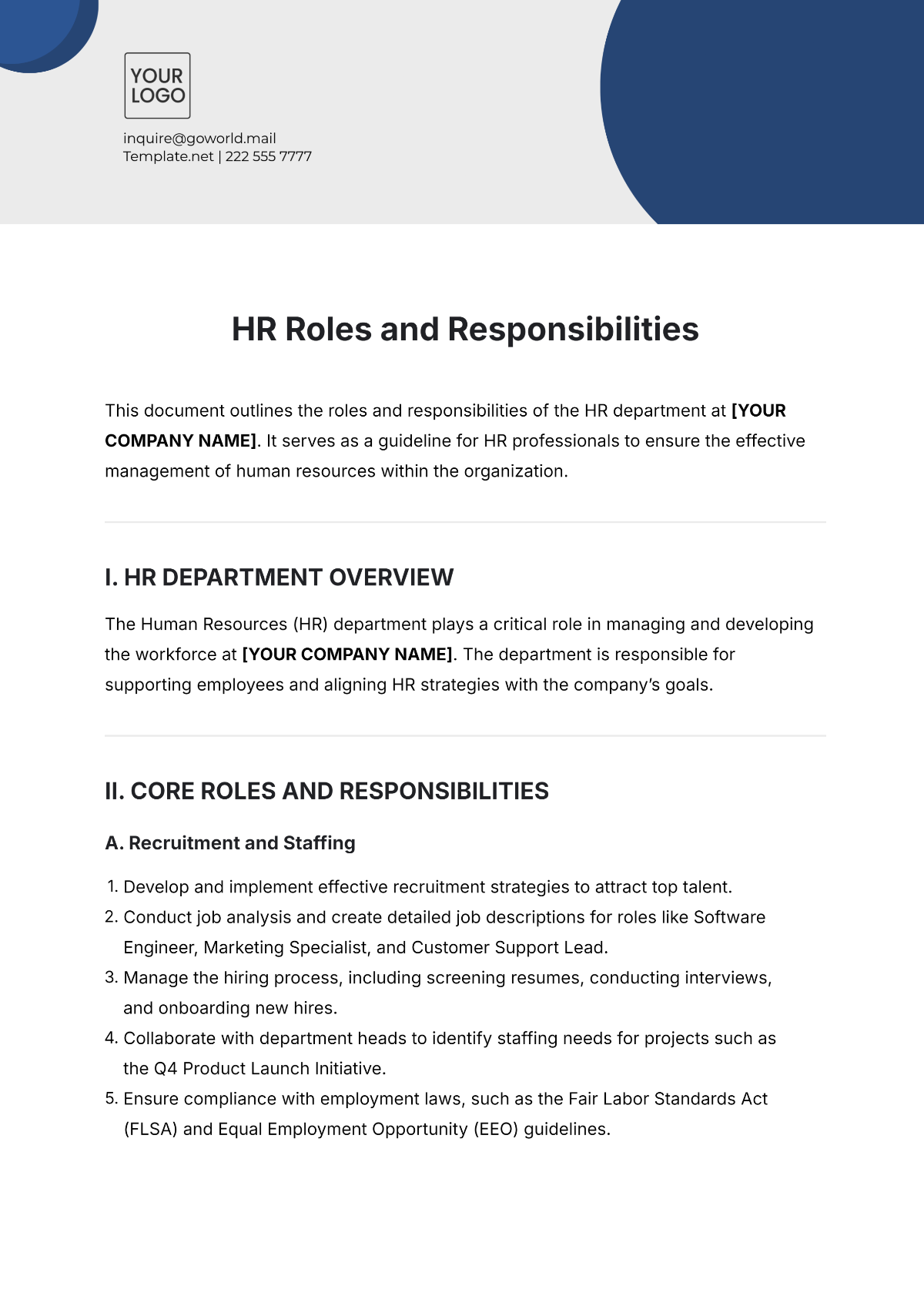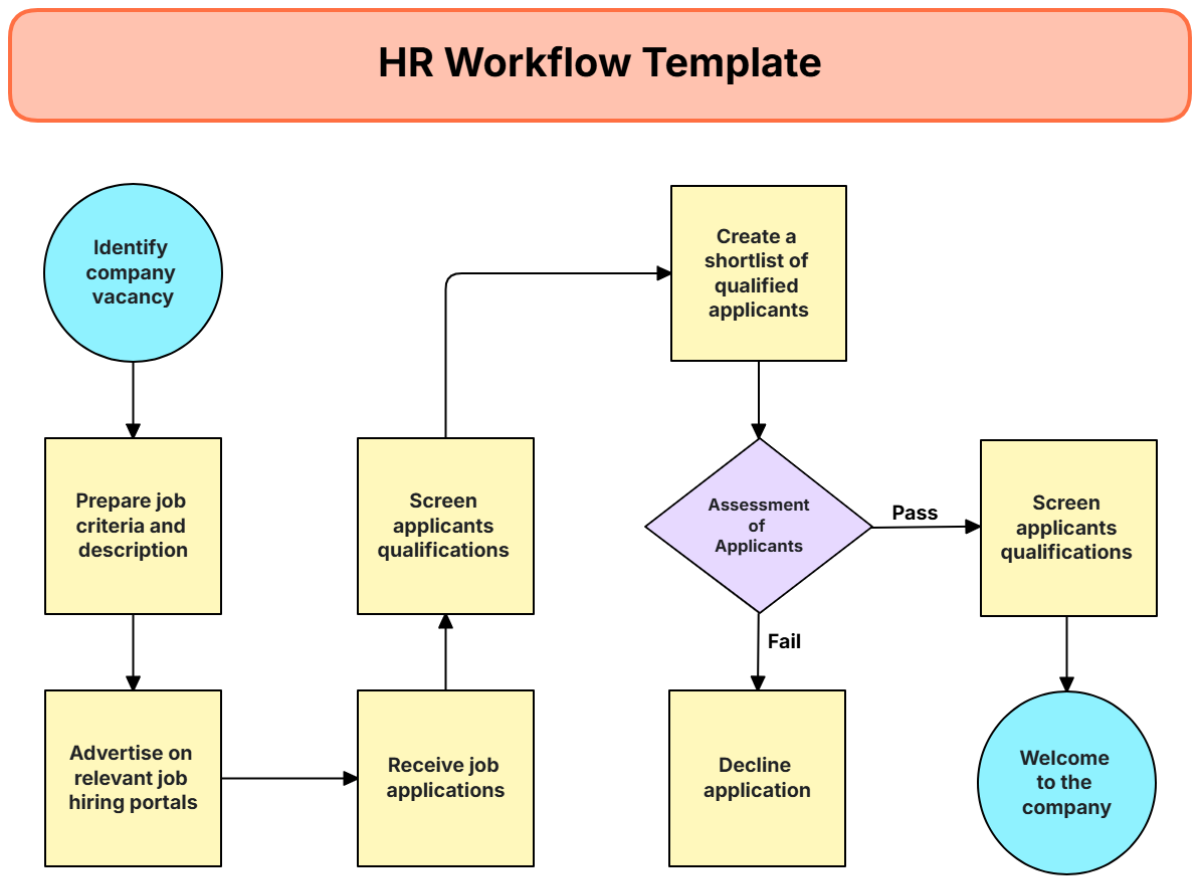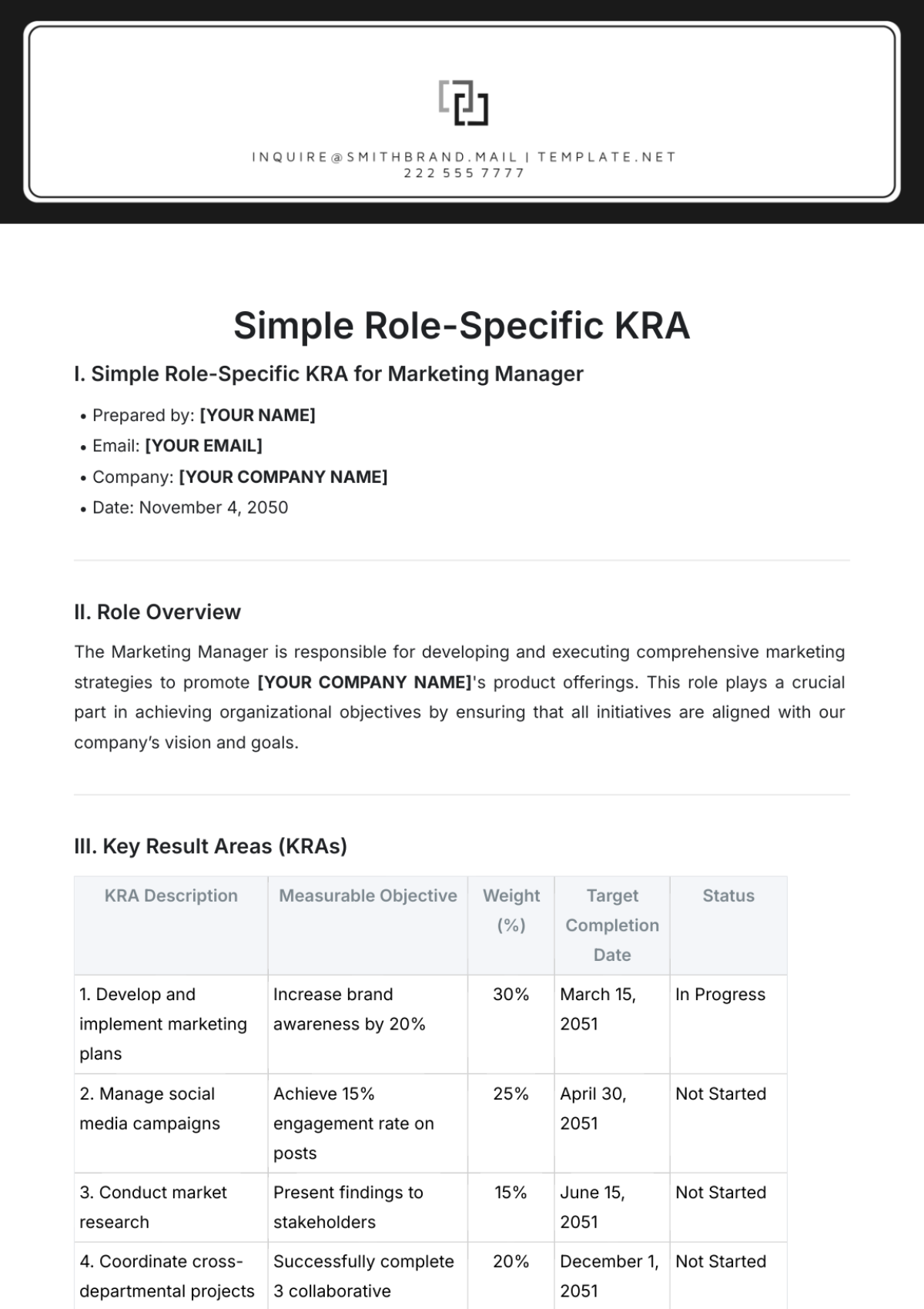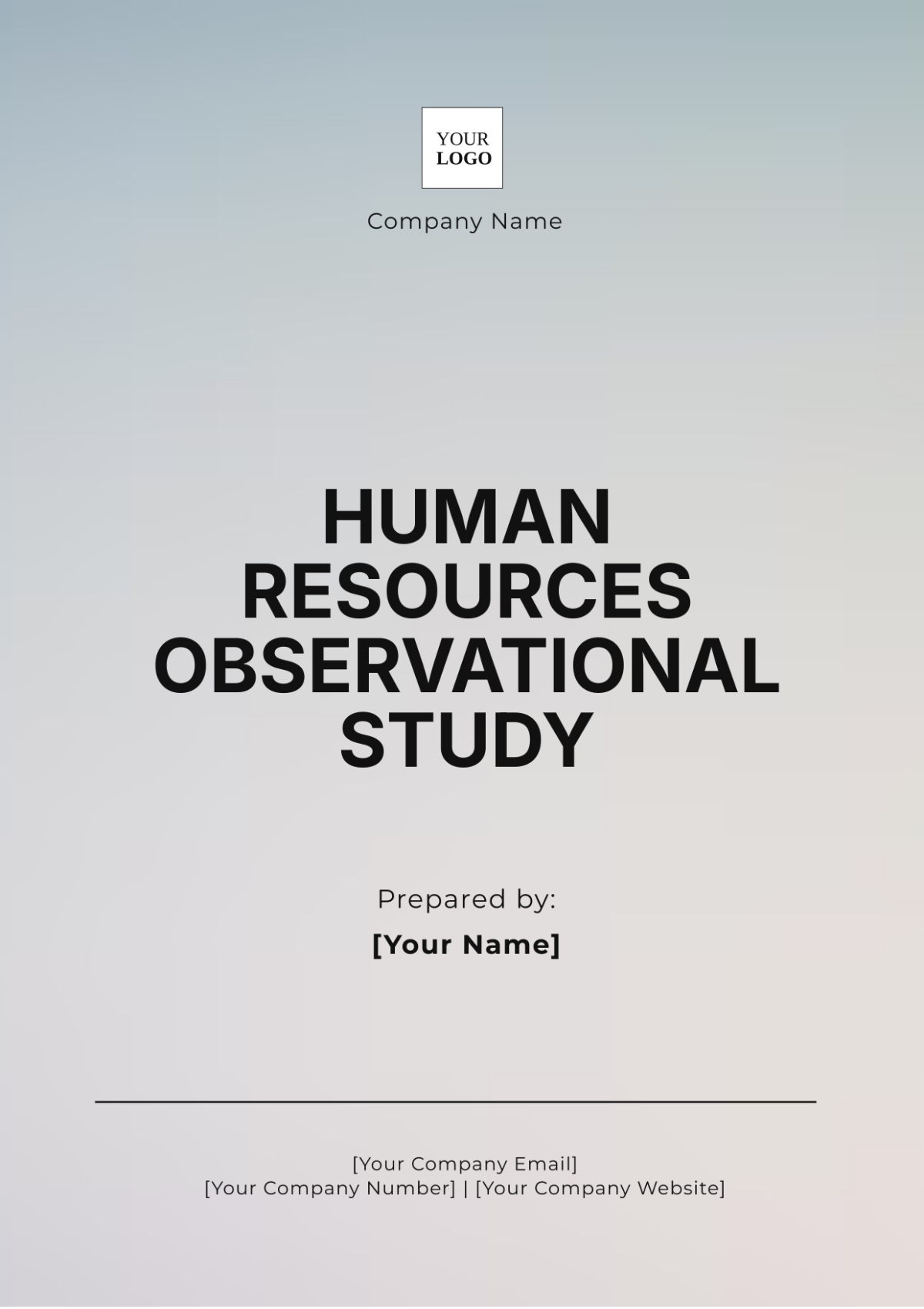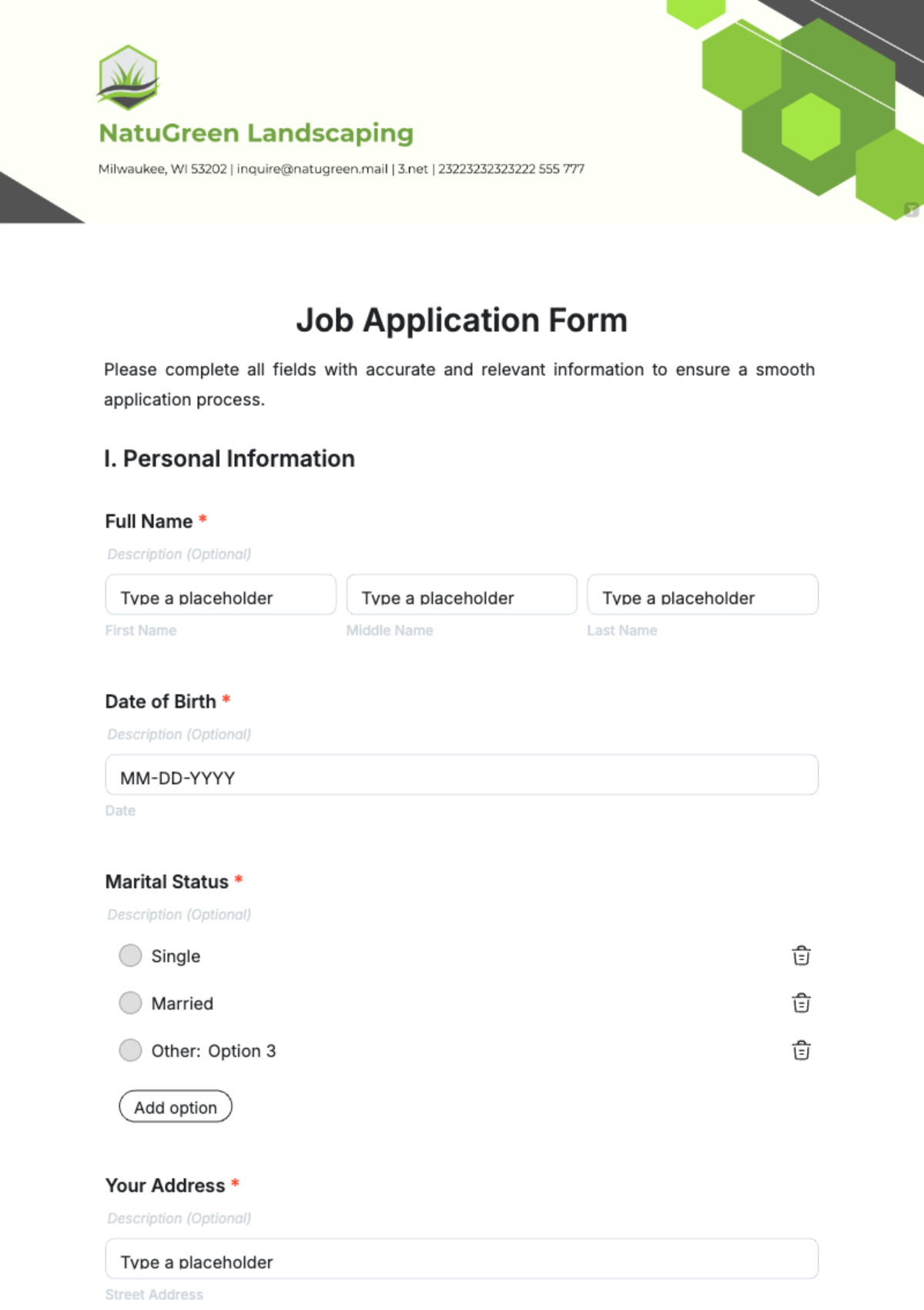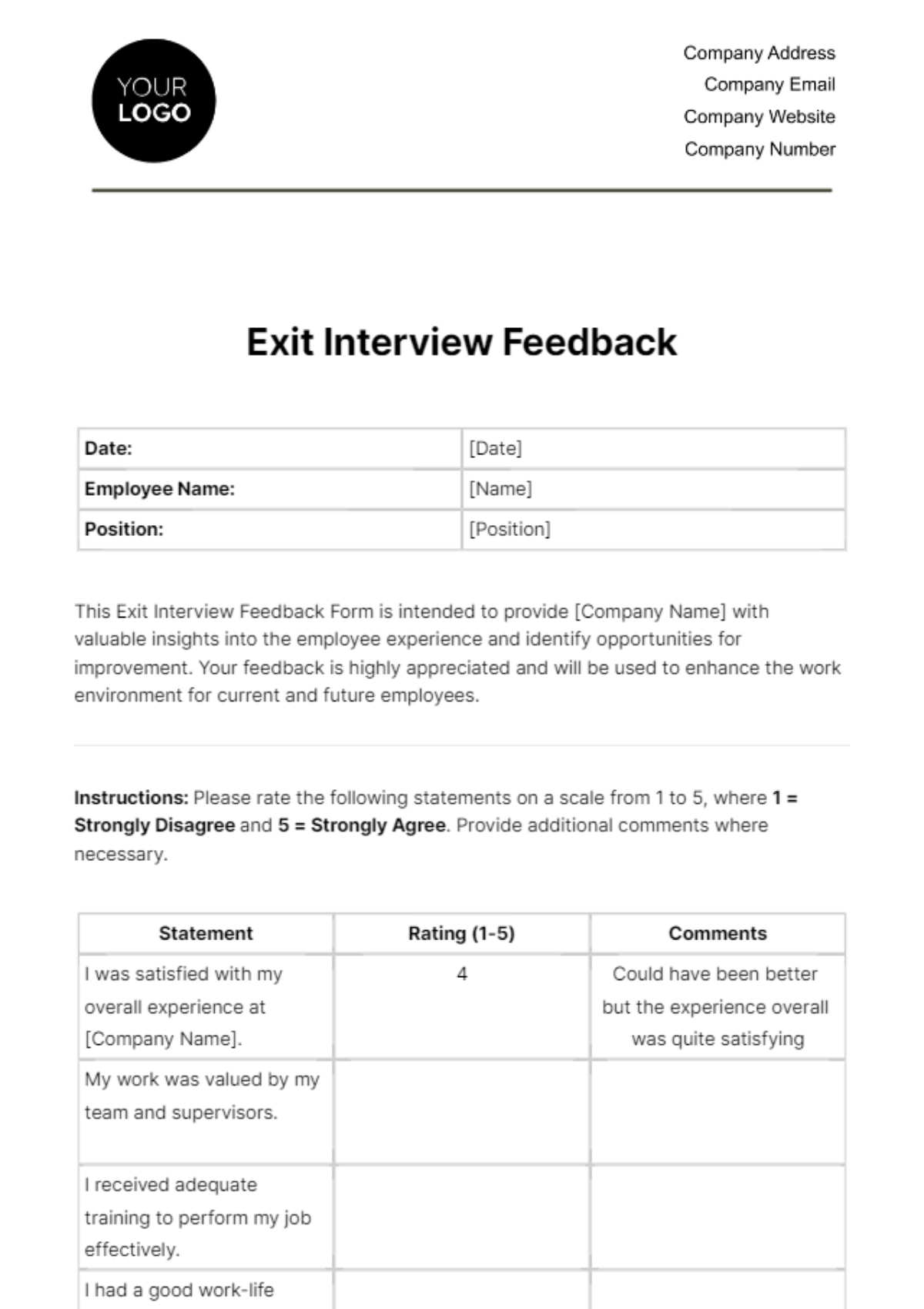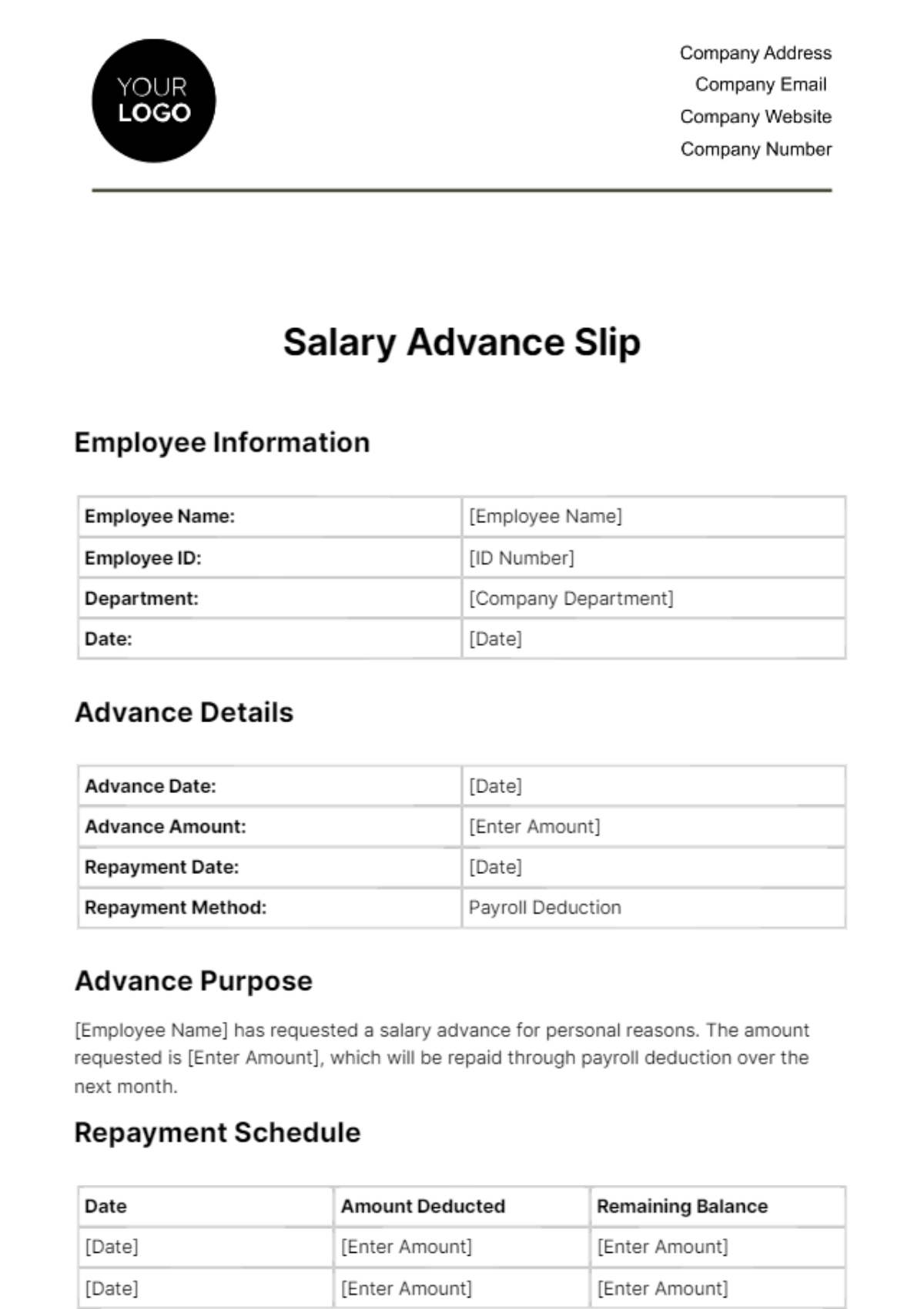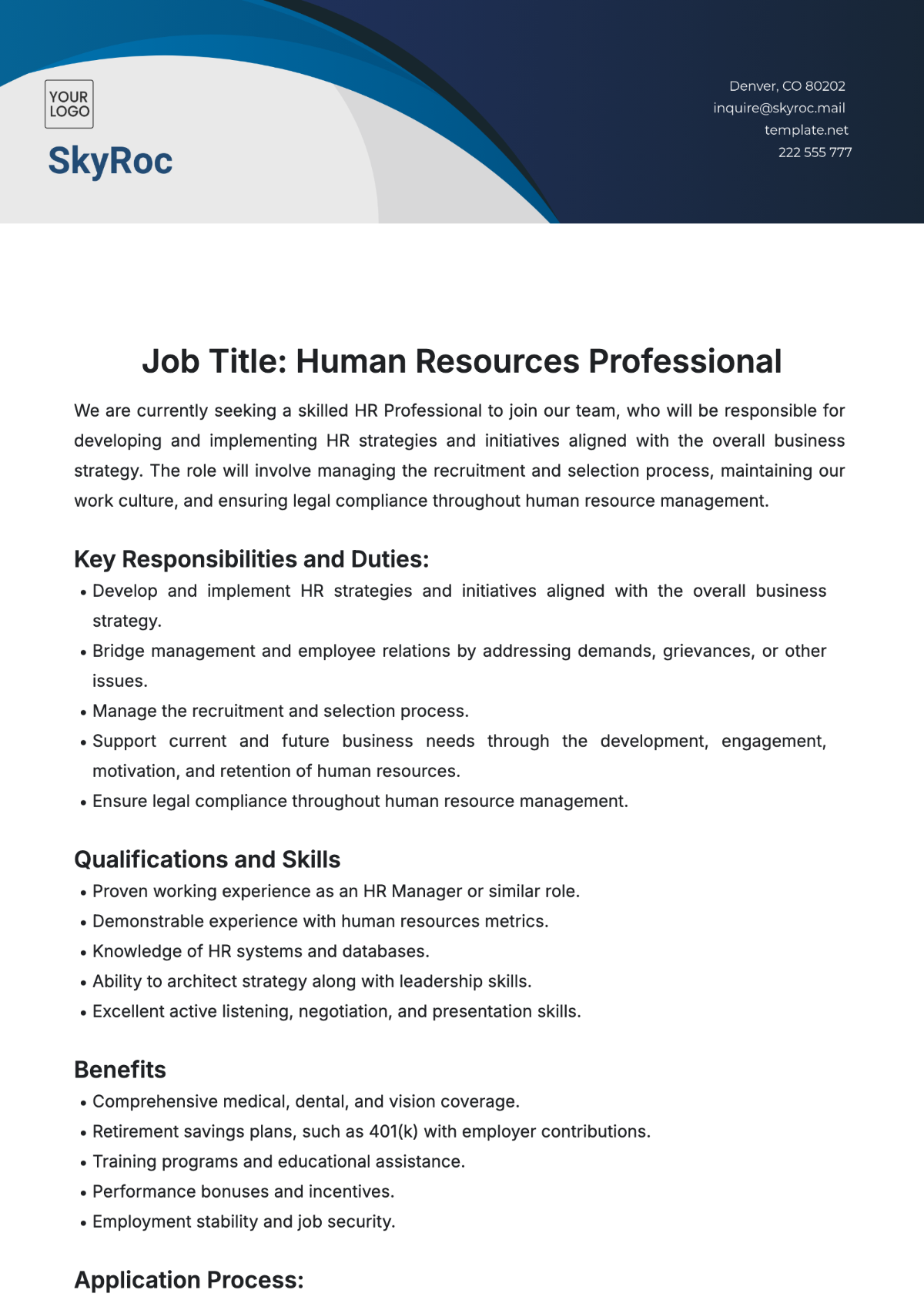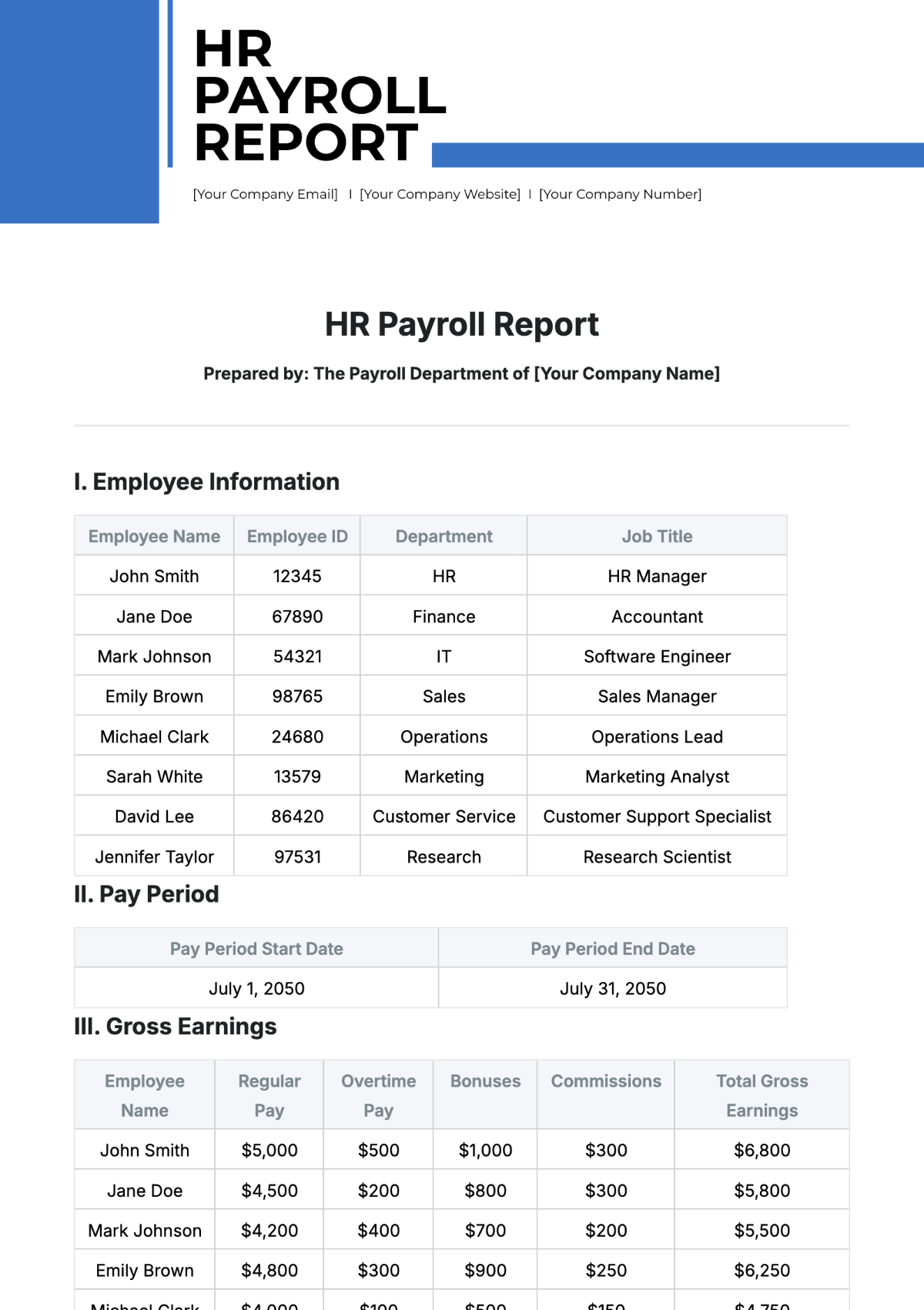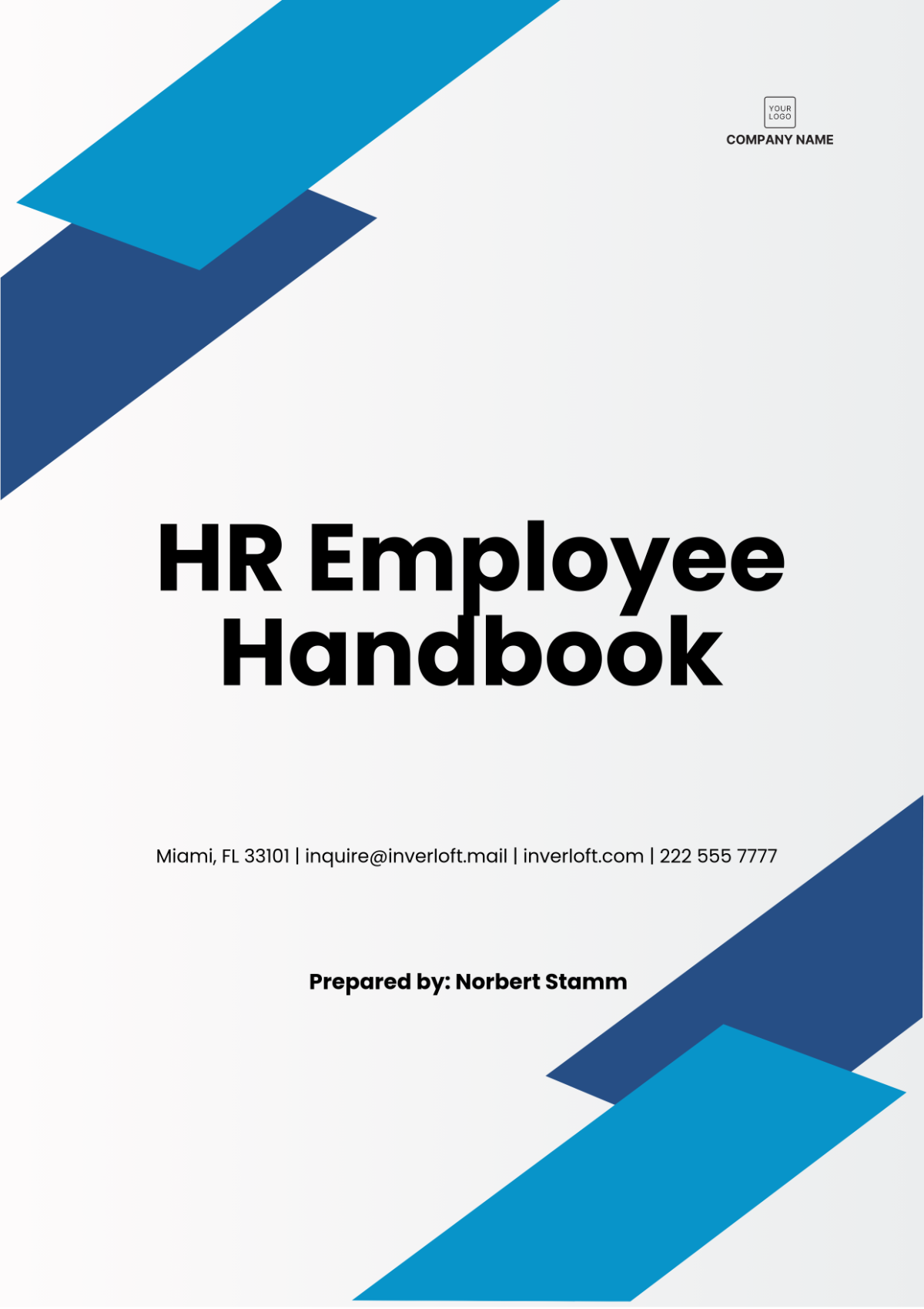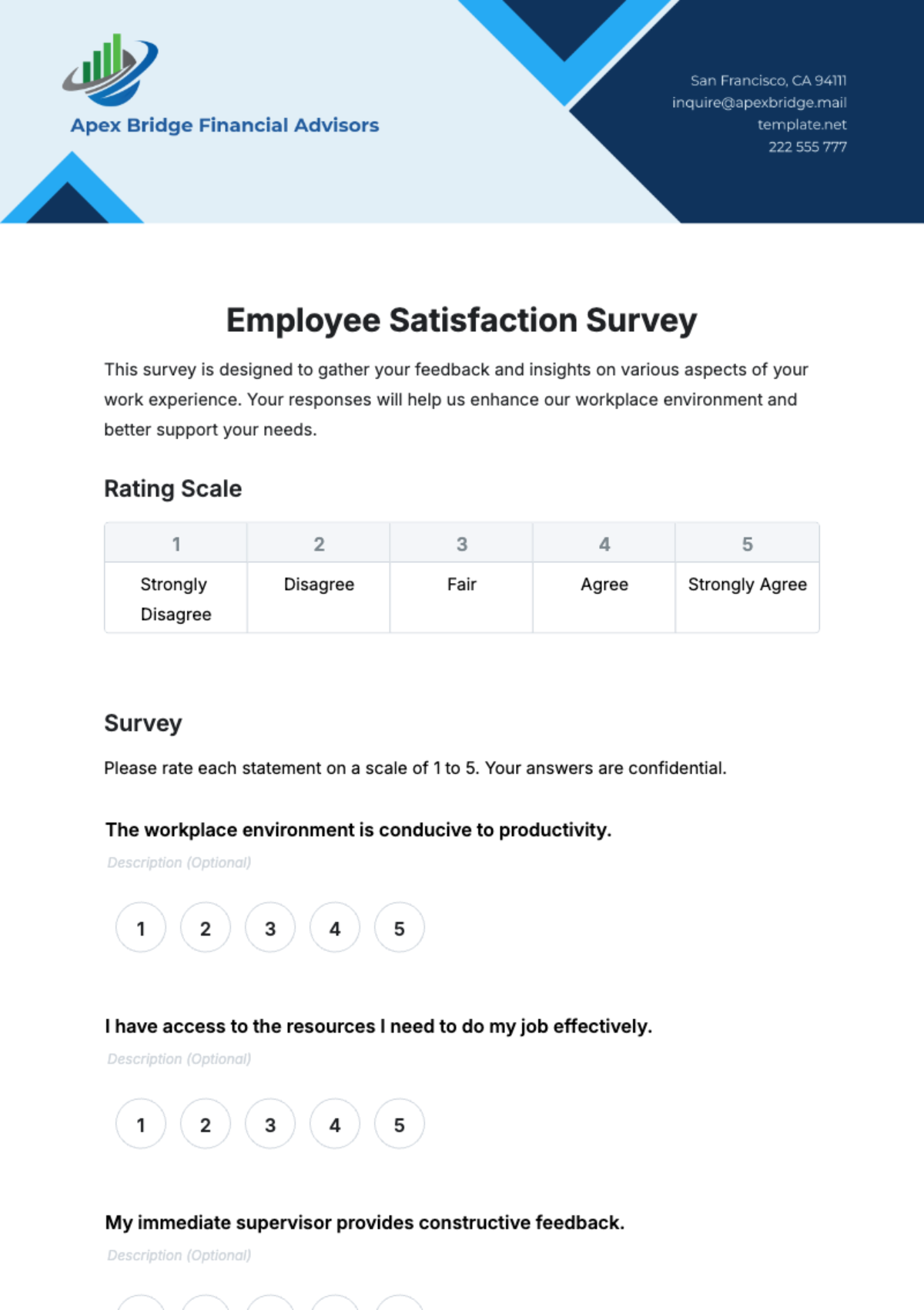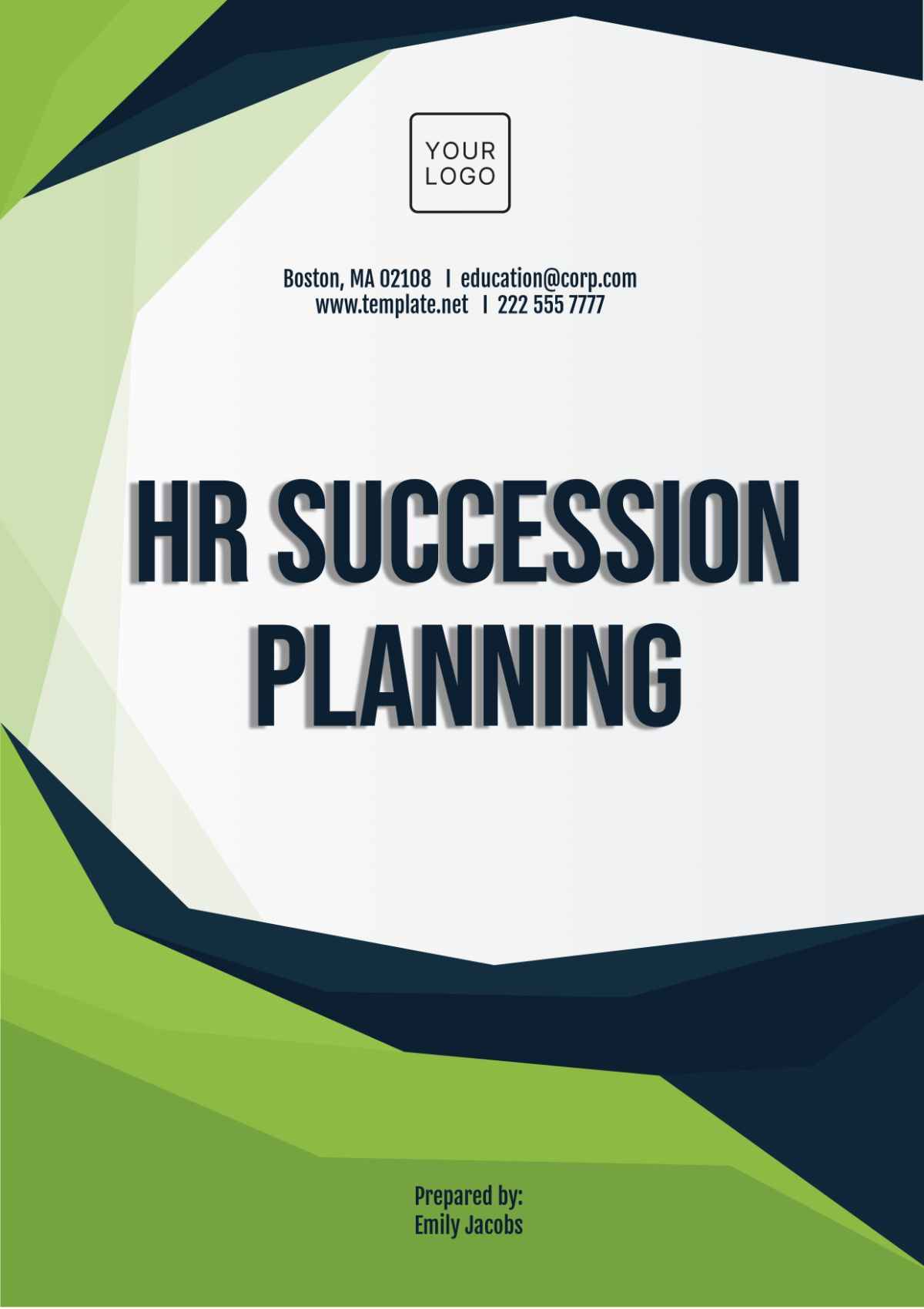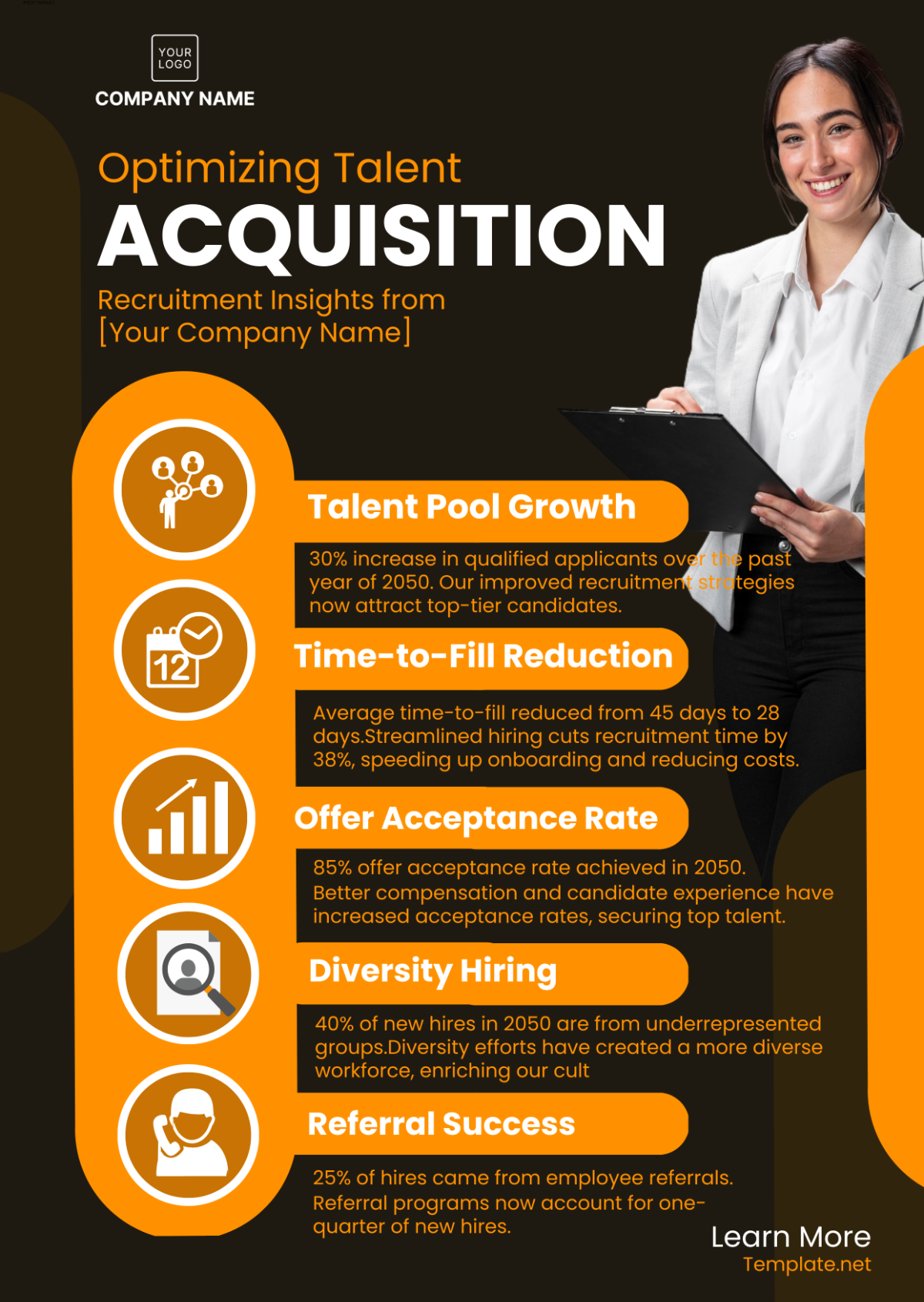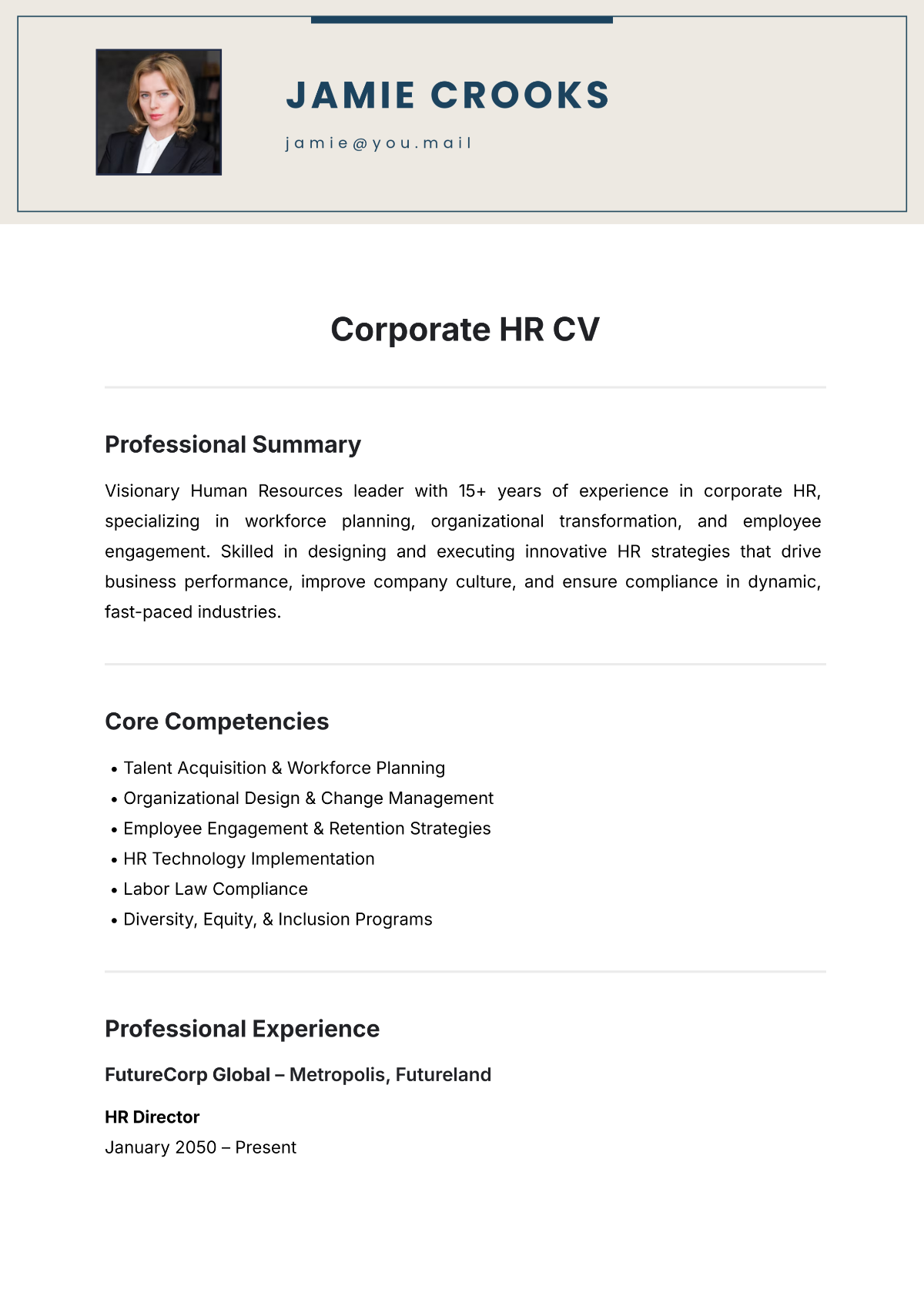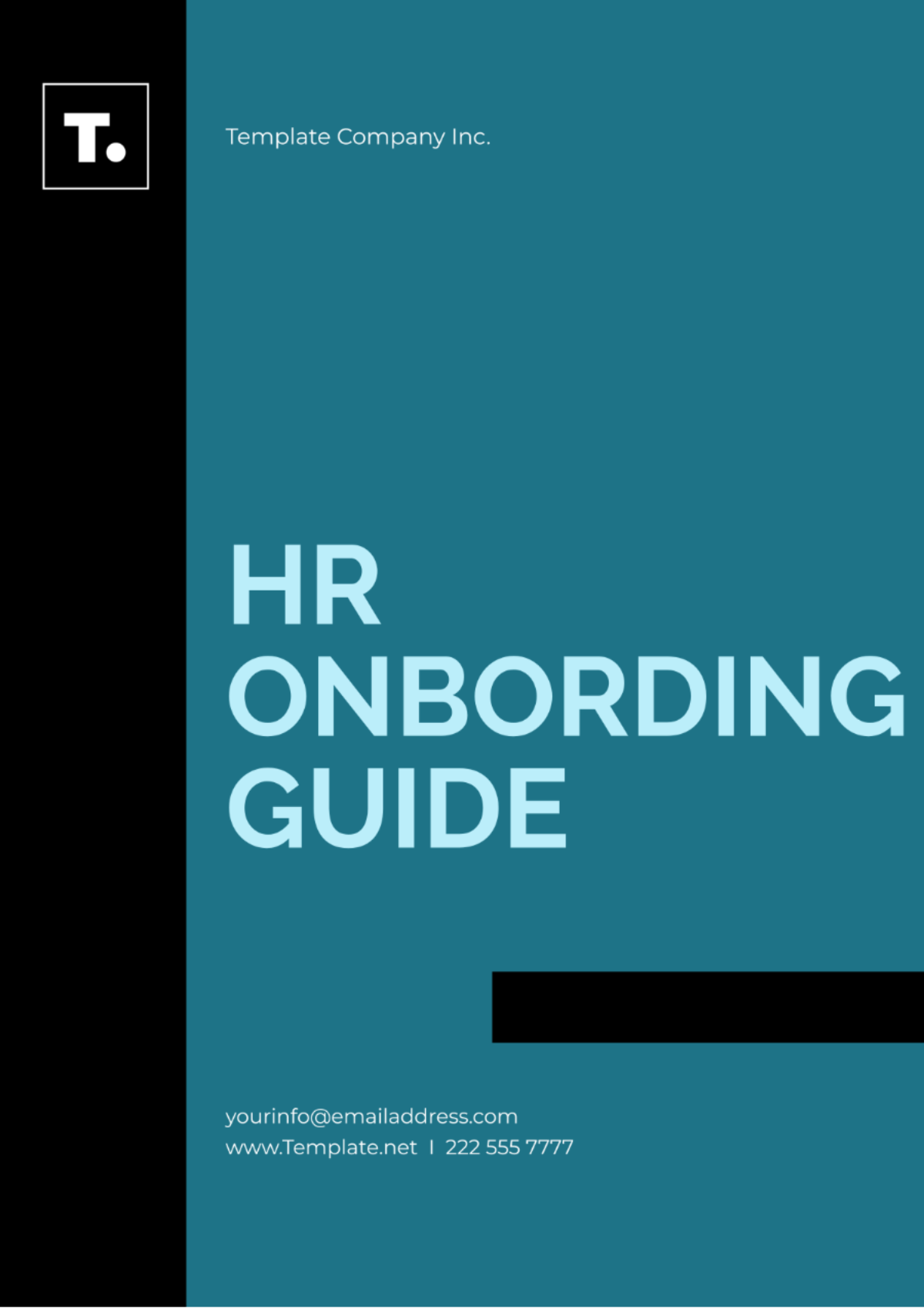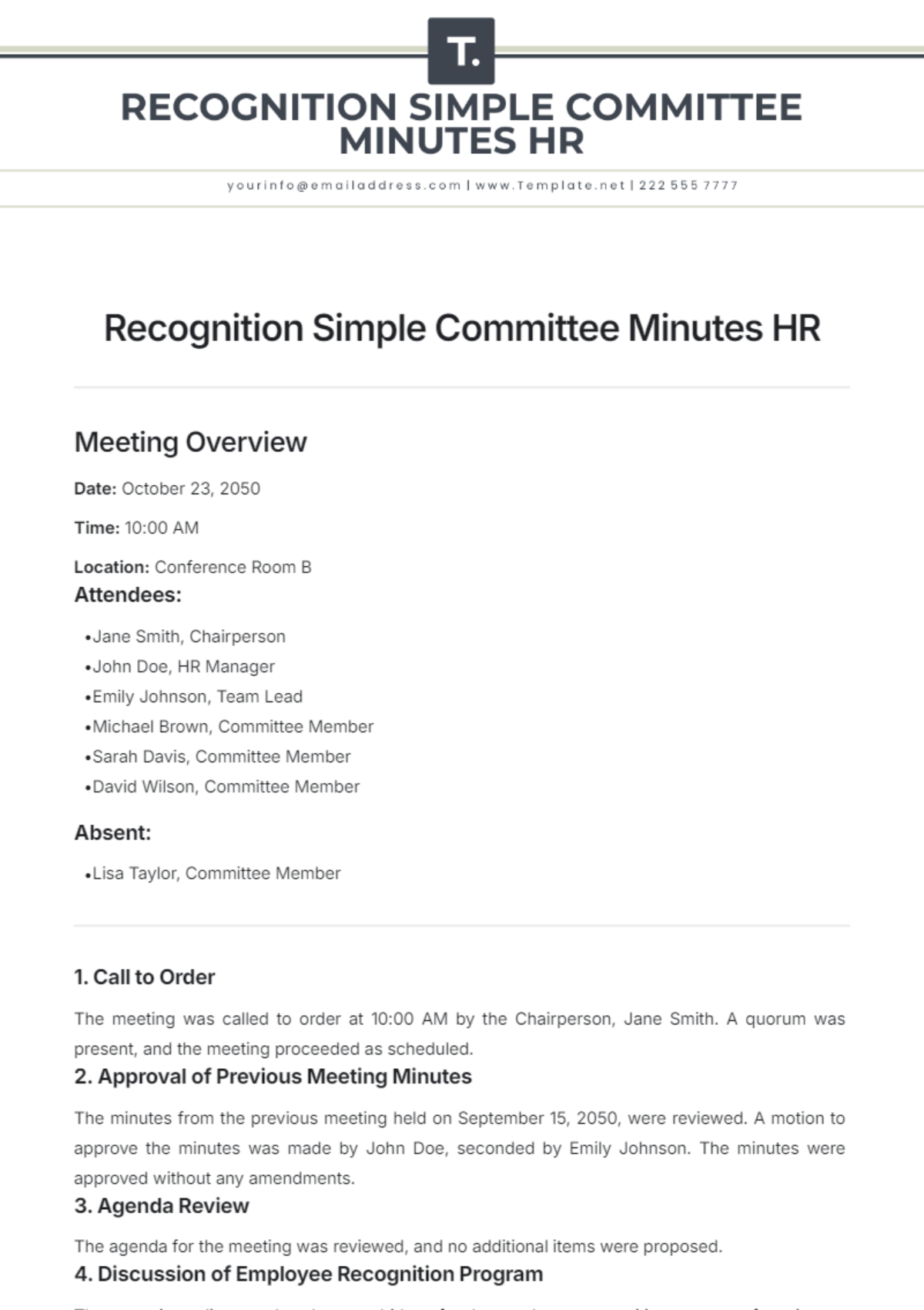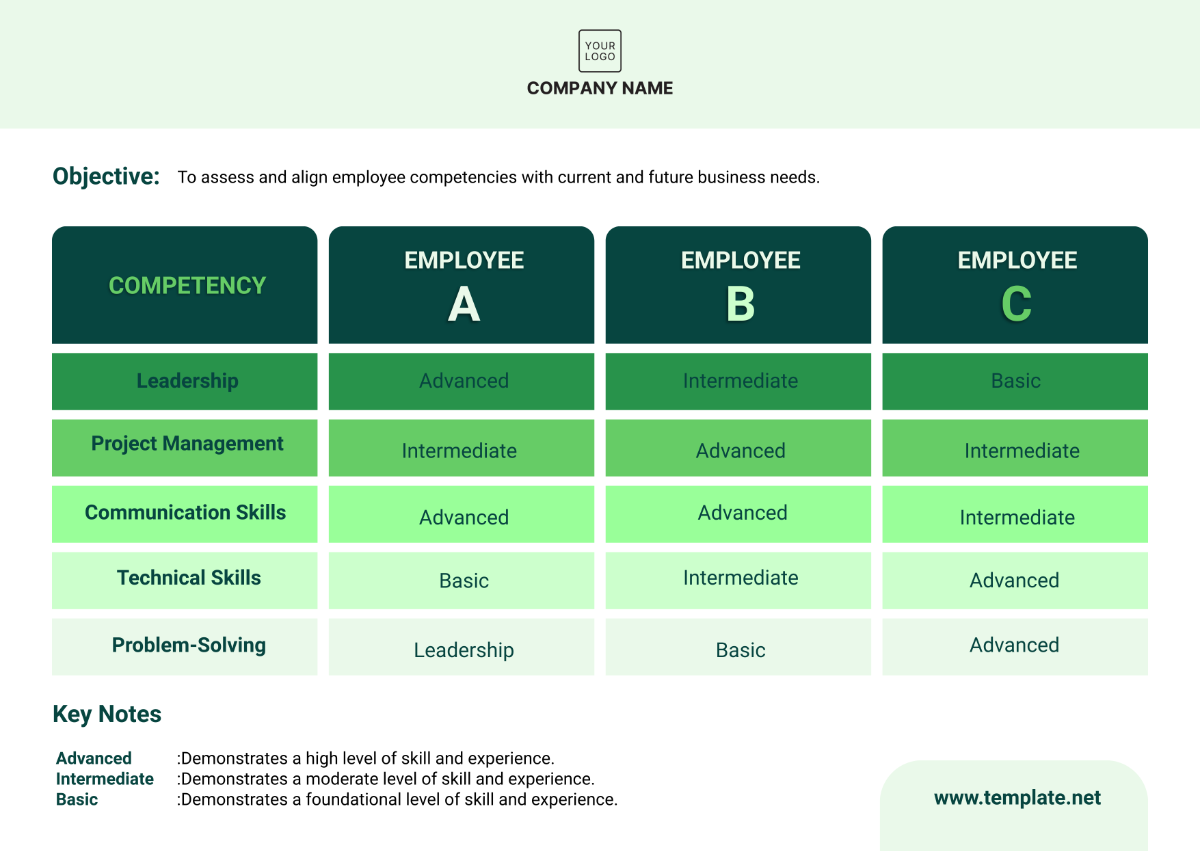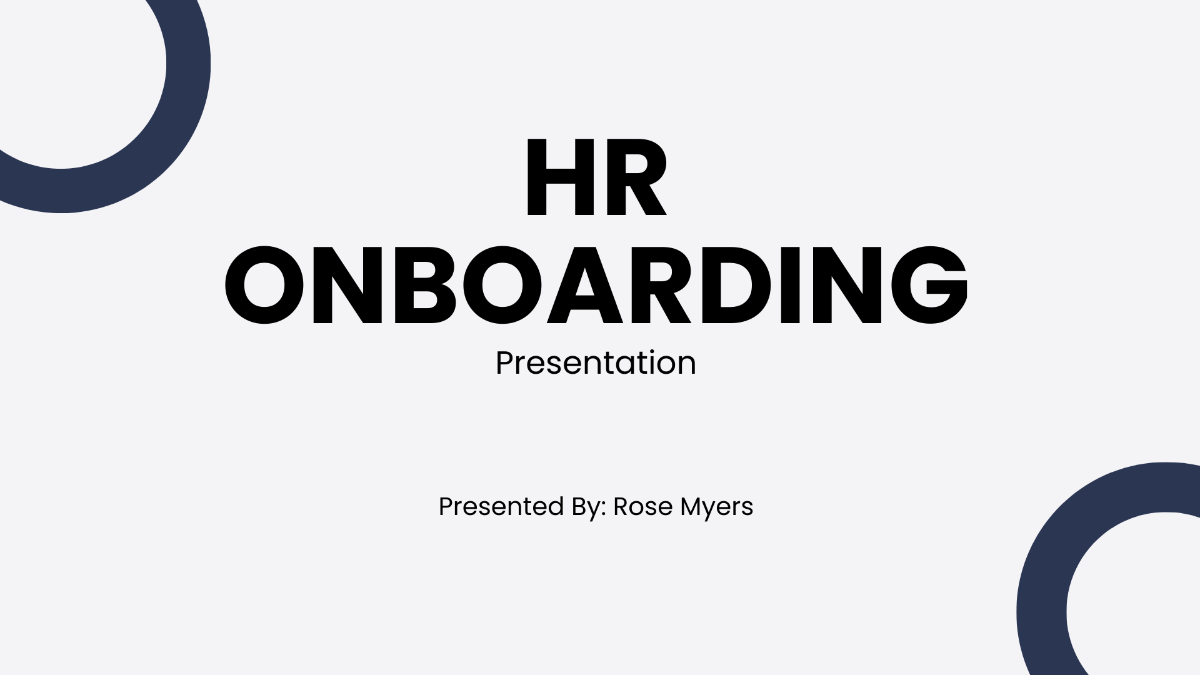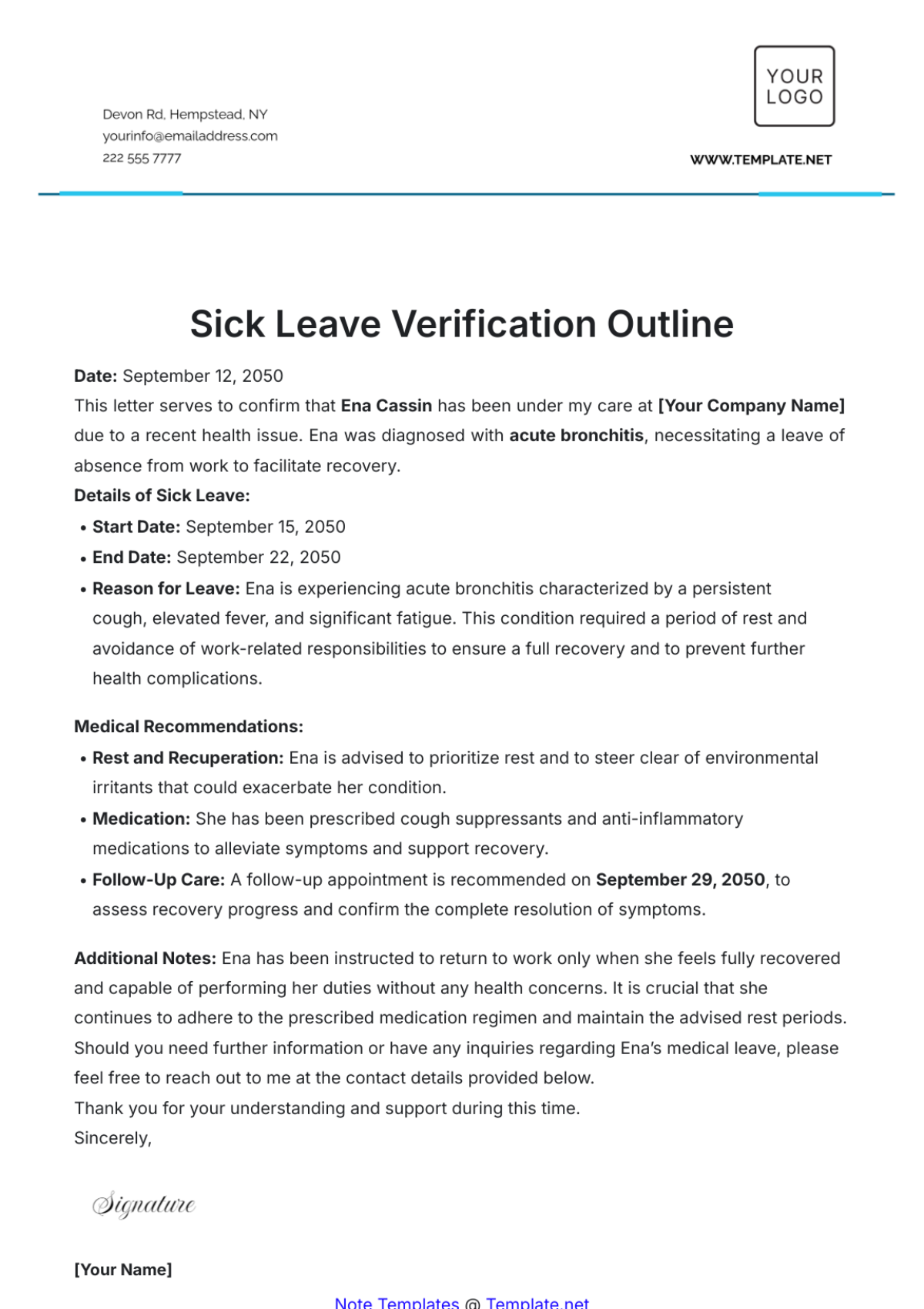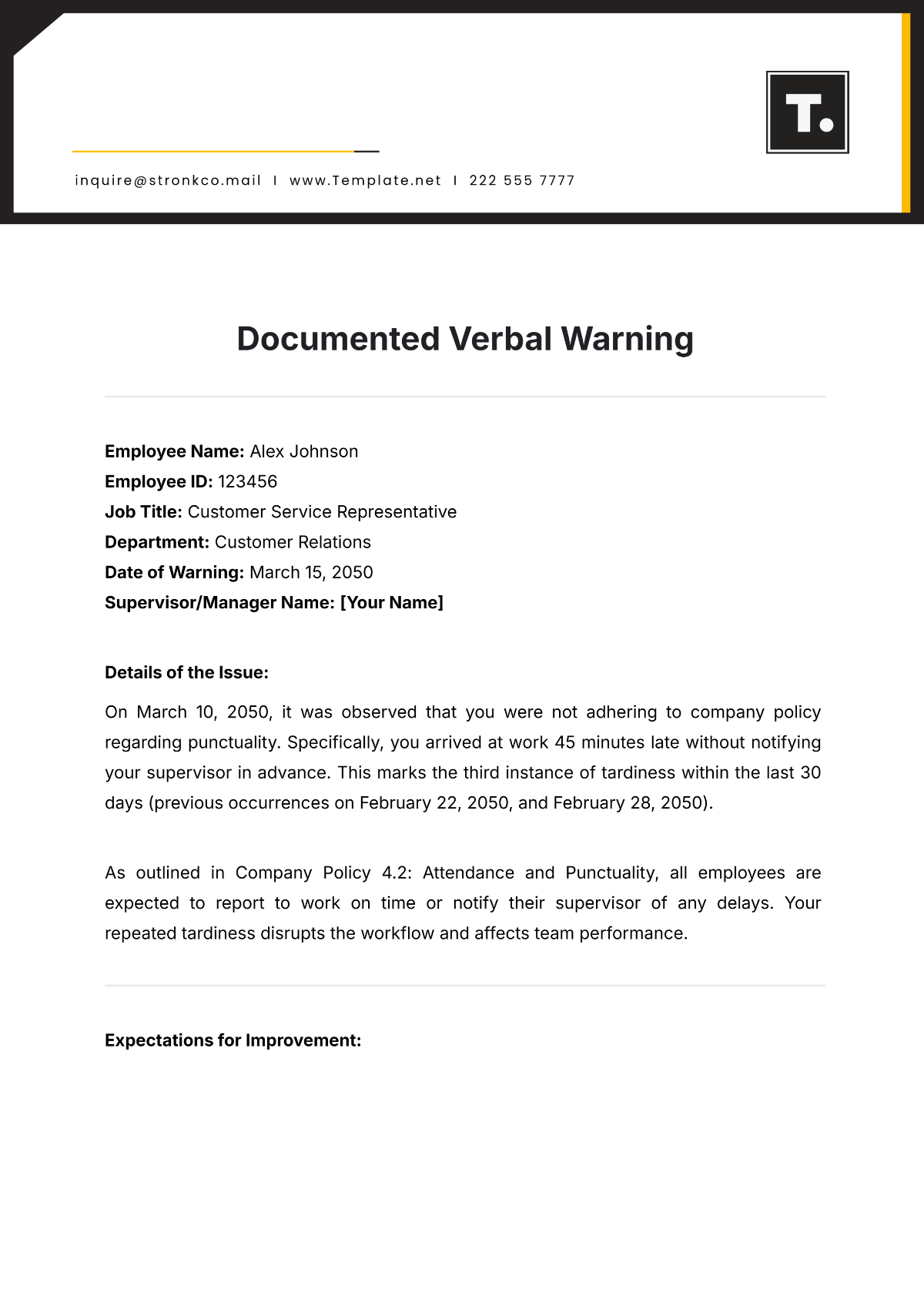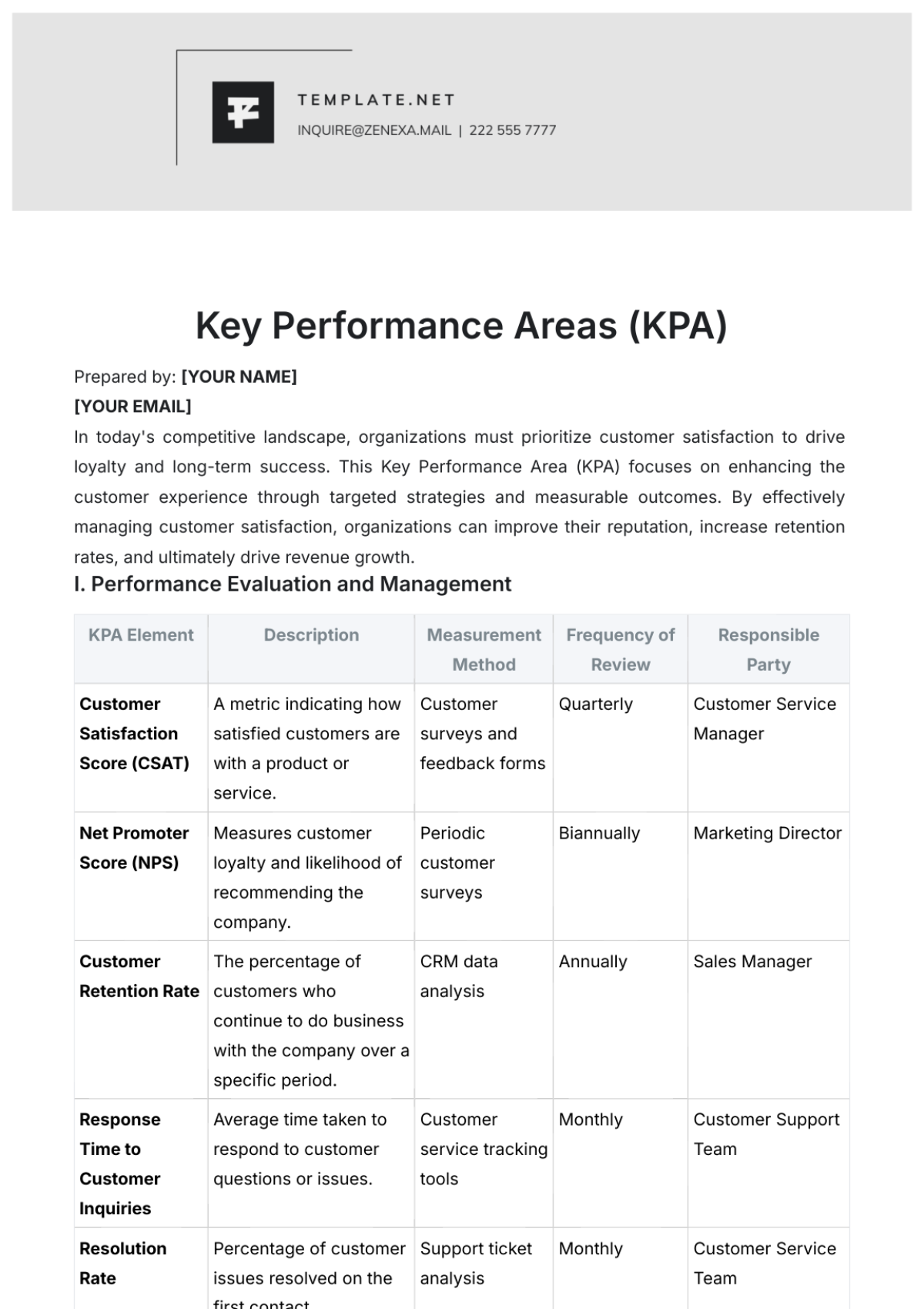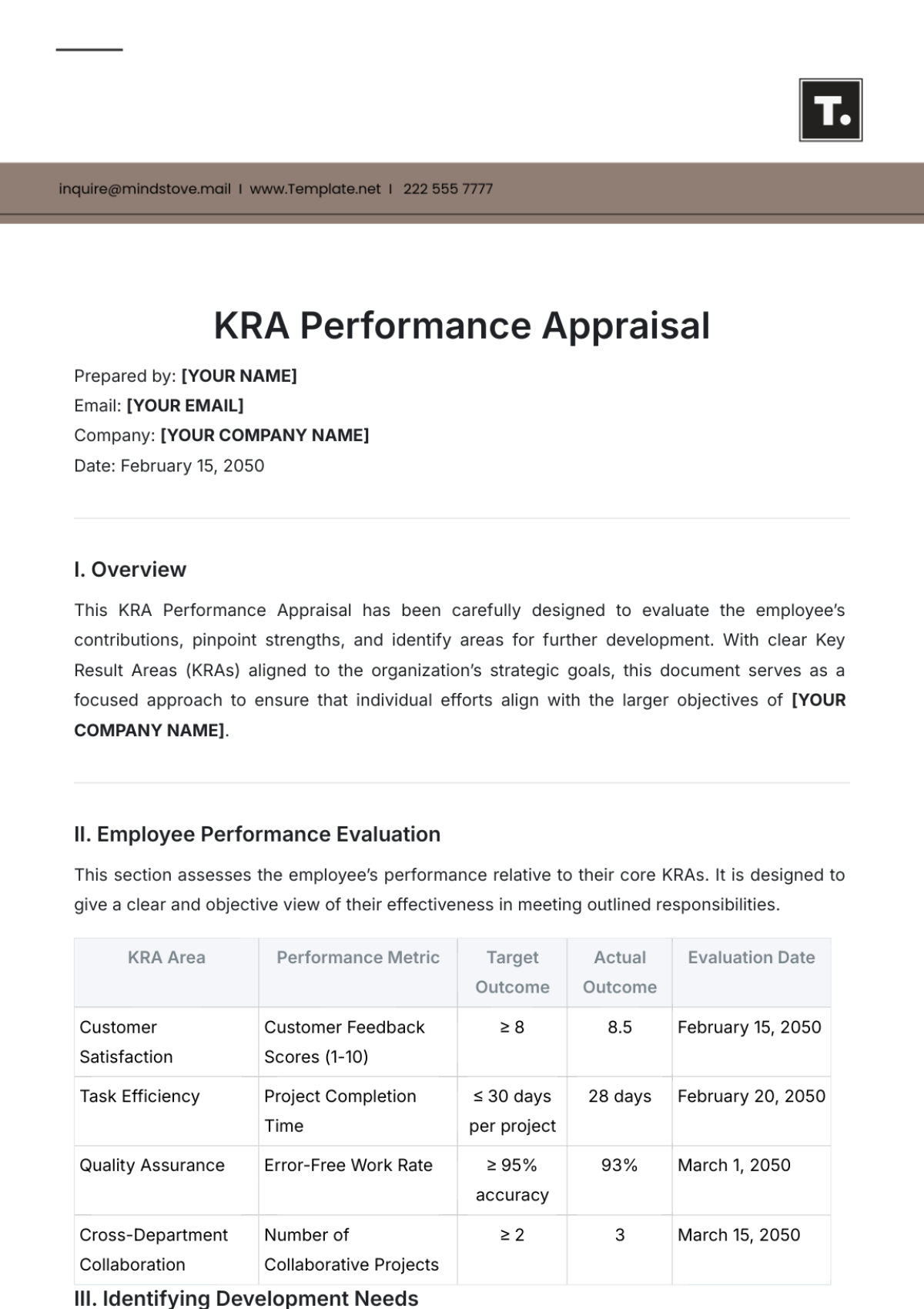Performance Benchmarking Study
Table of Contents
I. Introduction............................................................................................................. 2
II. Benchmarking Methodology.............................................................................3
III. Performance Assessment.................................................................................5
IV. Implementation Plan...........................................................................................8
V. Conclusion and Continuous Improvement...................................................9
I. Introduction
In today's ever-evolving business landscape, the pursuit of excellence is not merely a desire but a necessity. It is within this context that we embark on a journey—an expedition of introspection and strategic evaluation. Welcome to the Performance Benchmarking Study of [Company Name], a meticulous and purpose-driven endeavor designed to propel us to new heights of success.
Brief Overview
Our voyage begins with a brief but profound overview—an encapsulation of the essence of our pursuit. The Performance Benchmarking Study is not a mere document; it is a compass, guiding [Company Name] through the intricate waters of modern business. It is a testament to our commitment to remain agile, competitive, and at the forefront of our industry.
Consider these data points: According to a recent industry report, 78% of organizations that actively benchmark their performance against industry peers and best practices experience significant improvements in their operations and competitiveness. Moreover, case studies abound with stories of companies that transformed stagnation into soaring success by embracing the power of benchmarking.
Purpose of the Study
The primary purpose of this study is not merely an academic exercise; it is the quest for strategic enlightenment. We embark on this odyssey with a singular objective—to assess, analyze, and elevate our organizational performance. The journey unfolds in stages: from critical self-reflection to data-driven insights, and from there, the formulation of strategic imperatives that will drive us forward.
It is well-established that benchmarking, when wielded as a strategic tool, leads to tangible improvements. Recent research finding from the Harvard Business Review revealed that organizations that effectively employ benchmarking techniques tend to outperform their competitors by a significant margin. These insights beckon us toward the compelling potential that lies ahead.
Scope and Objectives
Our scope is panoramic, encompassing the myriad facets that collectively define our organization. This study is not confined to a singular dimension but radiates across operational efficiency, financial performance, customer satisfaction, and the heartbeat of our success—employee engagement.
Our objectives are multi-faceted:
|
Scope and Objectives
Before we plunge into the depths of analysis, it is fitting to acknowledge the essence of [Company Name]. We are not a newcomer to the realm of [industry/sector]. With [X] years of experience etched into our history, we are forged by a legacy of innovation, resilience, and the unwavering pursuit of excellence.
Our commitment to continuous improvement is not a newfound ethos; it is the foundation upon which [Company Name] was built. It is this very commitment that propels us forward into the realm of benchmarking—a testament to our dedication to remaining at the vanguard of our industry.
As we embark on this journey, let it be known that this Performance Benchmarking Study is not just a document; it is a manifesto—a declaration of our unyielding resolve to thrive, evolve, and conquer new horizons. Together, we shall navigate the seas of insight and emerge stronger, more agile, and better poised for the future.
II. Benchmarking Methodology
To embark on this journey of benchmarking, it is essential to unveil the methodological framework that will guide our expedition—a structured approach that promises precision, insights, and a compass that directs us toward excellence.
Selection of Benchmarks
Our voyage commences with the judicious selection of benchmarks—a deliberate strategy to illuminate our path. It is a journey that unfolds on multiple fronts:
1. Internal Benchmarking: This facet will unveil insights garnered from within our organization. By comparing performance across different departments or divisions, we unearth the nuggets of best practices and pinpoint areas ripe for refinement. It's an exploration of our own ecosystem—a quest for synergies that can propel us forward.
2. Competitive Benchmarking: Our gaze extends beyond our own shores, reaching out to the vast sea of competition. External benchmarking with direct competitors in our industry will provide insights that are both enlightening and imperative. It's a comparative analysis that enables us to gauge where we stand in the grand theater of our industry.
3. Functional Benchmarking: Within our industry lie beacons of excellence—organizations that shine in specific functions. We shall benchmark these functions, whether it be customer service, supply chain management, or other critical aspects, with industry leaders who have charted a course to success. It's an odyssey of learning—from the very best.
Data Collection
Our journey is data-fueled, grounded in a meticulous approach to information gathering:
1. Metrics and Indicators: For each facet under scrutiny, we shall define a constellation of performance metrics and indicators. These metrics are not arbitrary; they are the lighthouses guiding us toward our strategic objectives.
2. Data Sources: We cast a wide net to capture the data required for our benchmarking voyage. It shall be gleaned from a myriad of sources—internal repositories, industry reports, survey responses, and the financial pronouncements of both ourselves and our benchmarking partners. Our commitment to accuracy and consistency is unwavering.
Benchmarking Partners
In this quest for insights, we journey alongside partners—strategic allies who illuminate our path:
1. Selection Criteria: The selection of our benchmarking partners is no trivial matter. It is grounded in pragmatism and strategy, driven by relevance to our business, willingness to share data, and a proven record of success in their respective domains. These partners are not chosen haphazardly; they are handpicked for their potential to enrich our journey.
2. Data-Sharing Agreements: Our partnerships are not casual; they are formalized through data-sharing agreements. These agreements stand as sentinels guarding the sanctity of data, ensuring both confidentiality and ethical practices in our shared exploration.
Data Analysis
Our data is the lifeblood of this expedition—a trove of insights waiting to be unearthed:
1. Data Validation: Before we navigate the seas of analysis, rigorous validation processes shall be deployed. We shall scrutinize every data point, ensuring accuracy and reliability. Inaccuracies shall be expunged, and our foundation shall be solid.
2. Data Normalization: The data we encounter is not uniform; it carries with it the baggage of size, industry-specific factors, and other variables. To facilitate meaningful comparisons, we shall normalize this data, ensuring that our insights are untainted by disparities.
3. Comparative Analysis: Our destination is insight, and the compass is comparative analysis. It is here that we shall identify performance gaps, the chasms that beckon us toward improvement. This analysis is not a casual glance; it is an expedition into the heart of our performance data, where revelations await.
In the world of benchmarking, precision is our watchword, insights our treasure, and improvement our destination. As we traverse this methodological landscape, let it be known that this journey is not mere exploration—it is a strategic endeavor that holds the promise of transformation.
III. Performance Assessment
Within the heart of our benchmarking expedition lies the core of our analysis—a meticulous assessment of our performance. Here, we unveil the mechanisms through which we scrutinize our own operations, delve into the chasms that separate us from the zenith of excellence and unearth the paths that lead to improvement.
Key Performance Indicators (KPIs)
Our voyage through the realm of performance assessment begins with a lantern—an illumination of key performance indicators (KPIs). These are not arbitrary metrics but the compass points that guide us toward our strategic objectives.
Operational Efficiency |
In the labyrinth of operational intricacies, we measure efficiency through the delicate balance of production cycle times, resource utilization, and the art of waste reduction. This KPI is the sentinel guarding our operational excellence. |
Financial Performance |
Within the ledgers and balance sheets, we seek the echoes of success. Financial performance, as measured by revenue growth, profitability, and cost-efficiency, is the resounding echo that reverberates through our fiscal landscape. |
Customer Satisfaction |
In the hearts and voices of our customers, we find the truest measure of our success. Customer satisfaction is a symphony composed of feedback, surveys, and Net Promoter Scores (NPS)—it is the harmony that harmonizes our relationships. |
Employee Engagement |
In the corridors of our organization, the heartbeat of our success is the engagement of our workforce. Through employee surveys, turnover rates, and the warmth of workplace satisfaction, we measure the vitality of our human capital. |
Gap Analysis
Our journey is not a blind exploration; it is a quest for knowledge, driven by the stark light of gap analysis.
Identifying Performance Gaps |
Like cartographers charting unexplored territories, we pinpoint performance gaps by placing our KPIs side by side with benchmarking data. These are the territories where we fall behind industry leaders—a cartography of our challenges. |
Causes of Performance Gaps |
To understand our challenges is to delve into the depths of analysis. The underlying causes of these gaps, whether nestled within our internal processes, systems, or the tempestuous seas of external market factors, will be scrutinized with the precision of a detective's gaze. |
Best Practices Identification
In our journey, we do not traverse alone. Our benchmarking partners stand as beacons of excellence, illuminating the path with their best practices.
Learning from Benchmarking Partners |
We embark on a voyage of learning, as we seek insights from our benchmarking partners who have carved their names in specific arenas. How do they achieve their results? What are the secrets behind their success? These are the questions that guide us. |
Adapting Best Practices |
Insights are not enough; they must be forged into actionable strategies. Identified best practices are not transplanted; they are adapted and customized, ensuring they seamlessly integrate into our organization's unique needs and context. |
Recommendations
Our voyage is not a solitary endeavor; it is a strategic expedition that leads to transformation.
Strategies for Improvement: |
As we lay our findings bare, we concurrently construct strategies and action plans—a blueprint for improvement. Our objectives are clear, and our goals are resolute. It is here that the road to transformation is mapped. |
Actionable Steps |
Progress is not achieved through intention alone; it requires action. In this realm, we outline the specific steps and initiatives that shall set our course. Responsibilities are assigned, timelines set, and resources allocated. This is where the blueprint becomes a reality. |
In the realm of performance assessment, we traverse the path from introspection to illumination, from recognition of gaps to the formulation of solutions. This is the heart of our benchmarking journey—a journey that holds the promise of not just understanding but also transformation and excellence.
IV. Implementation Plan
As we stand on the threshold of transformation, it is imperative to lay out a meticulous roadmap—a blueprint that navigates our journey from insights to action. This is the essence of our implementation plan, a strategic guide to realize the improvements identified through benchmarking.
Strategy Development
Setting Performance Improvement Goals |
In the realm of performance improvement, clarity reigns supreme. We shall define goals with precision—goals that not only guide us but also serve as benchmarks of our success. These are the stars by which we navigate our journey. |
Allocating Resources |
Resources are the fuel that propels our strategies forward. Budgets, personnel, and the technology infrastructure required for implementation shall be allocated with the utmost precision and care. This allocation is not arbitrary; it is a strategic investment. |
Action Plan
Assigning Responsibilities |
Every strategy requires a conductor, and every action needs an owner. Roles and responsibilities will be delineated with the precision of a maestro's baton, ensuring that every element of the action plan has a steward—a guardian of progress. |
Establishing Timelines |
Time is our ally, but it can also be our adversary. To harness its power, we shall set clear timelines for each action item. These timelines are not arbitrary markers; they are the milestones against which we measure progress. |
Budget Allocation |
Financial clarity is the cornerstone of implementation. A detailed budget shall be crafted, covering every aspect of the costs associated with our improvement initiatives. This budget is not an afterthought; it is a testament to our commitment. |
Monitoring and Evaluation
Progress Tracking |
As we tread the path of implementation, our watchful eyes shall be our constant companions. Regular monitoring will ensue, ensuring that we stay on course and that every step aligns with our defined goals and objectives. |
Key Milestones |
In this journey, milestones serve as markers of progress and success. Key milestones will be established, not just to celebrate achievements but to assess the effectiveness of our improvement efforts. These milestones are not mere stones; they are the signposts of our journey. |
Risk Assessment
Identifying Potential Obstacles |
In the journey of transformation, obstacles are not adversaries but challenges to be acknowledged and conquered. We shall identify potential obstacles, whether they reside in the realm of unforeseen circumstances or the intricacies of implementation. |
Contingency Planning |
Preparedness is our shield against uncertainty. Strategies and contingency plans will be forged, and ready to be deployed should unforeseen issues arise during implementation. These plans are not mere precautions; they are the safety net that ensures our journey continues, even in the face of adversity. |
Our implementation plan is not a mere document; it is a strategic compass that guides us through the terrain of improvement. It is the link between insight and action, between aspirations and achievements. With precision, responsibility, and an unwavering commitment to excellence, this plan is the bridge that takes us from understanding to transformation.
V. Conclusion and Continuous Improvement
In the vast tapestry of our benchmarking journey, this chapter marks not an end but a new beginning—a culmination of insights and a harbinger of transformation.
Conclusion of the Study
In conclusion, our Performance Benchmarking Study is a testament to our commitment to growth and excellence. It encapsulates the essence of our voyage, painting a vivid picture of where we stand and where we aspire to be. It is not a finale but rather the opening act of a grand performance, where every insight is a note in our symphony of progress.
Importance of Benchmarking
Benchmarking is not just a tool; it is the cornerstone of our strategic evolution. It serves as a mirror reflecting our strengths and weaknesses, guiding us toward competitiveness, innovation, and alignment with industry best practices. It is a compass that ensures we navigate the treacherous waters of change with precision.
Continuous Improvement
Periodic Benchmarking Reviews: Our commitment to excellence is not ephemeral; it is perpetual. We pledge to conduct periodic benchmarking reviews, like seasoned navigators taking regular readings of the stars. These reviews shall be our compass, guiding us as we adjust our course to align with evolving industry standards. |
Incorporating Feedback: Feedback is not just a tool for course correction; it is the wind in our sails. We shall actively seek feedback from every corner of our ecosystem—our employees, customers, and partners. Their voices shall be the chorus that drives our continuous improvement efforts. |
Final Thoughts and Future Directions
As we stand on the precipice of transformation, we do not merely look back at the journey but forward to the path that unfolds. We eagerly anticipate implementing the recommendations that have emerged from this benchmarking study. With each stride, we inch closer to our organizational goals, driven by the unceasing pursuit of excellence.
The journey toward excellence is not a solitary odyssey; it is a collective endeavor. It is the symphony of our efforts, the tapestry of our achievements, and the canvas upon which we paint the portrait of our future. The horizon beckons, and we embark on this journey with anticipation, resolve, and the unwavering commitment to exceed our own expectations. The journey toward excellence continues, and the chapters yet to be written hold the promise of our greatest achievements.
